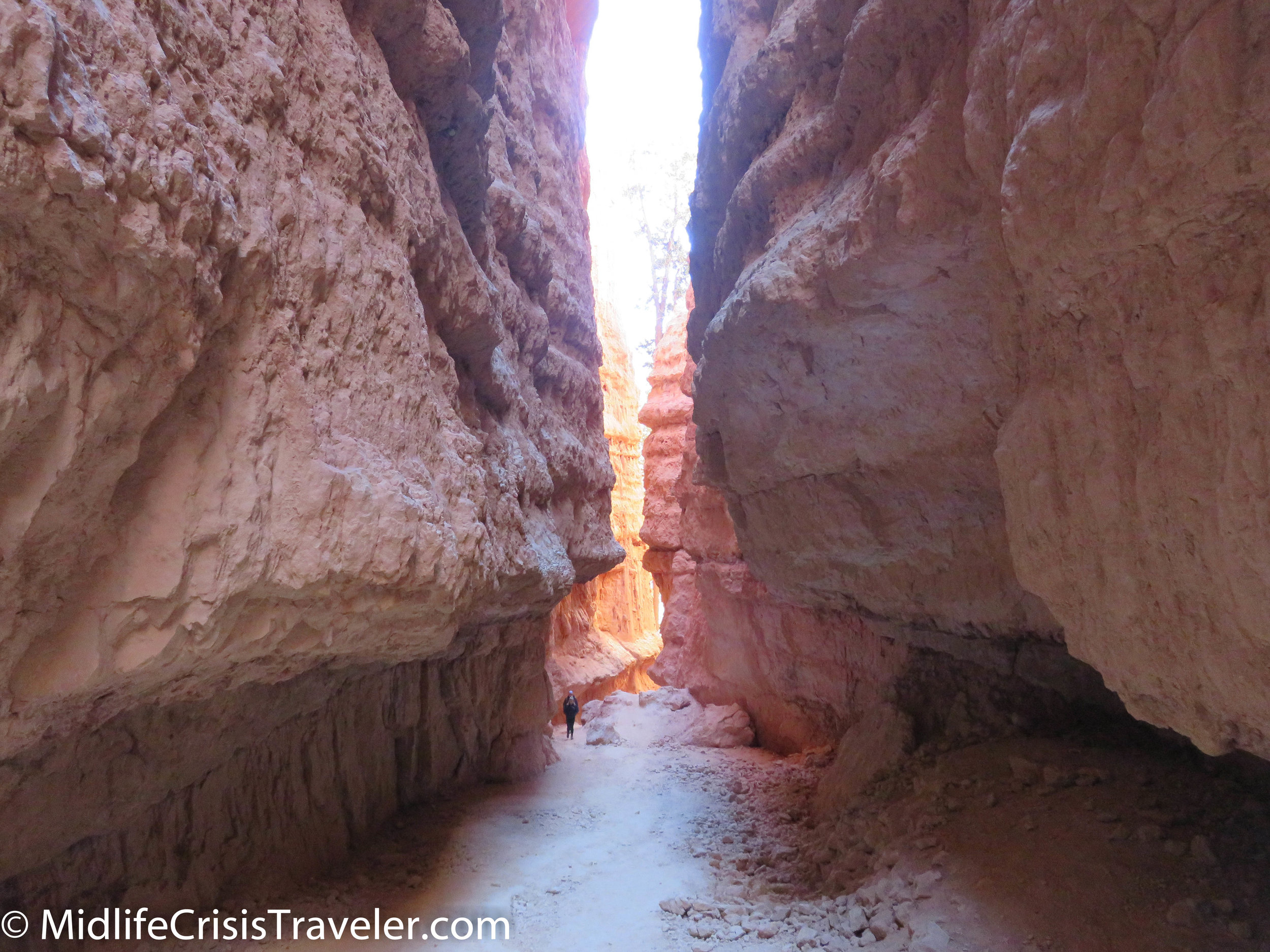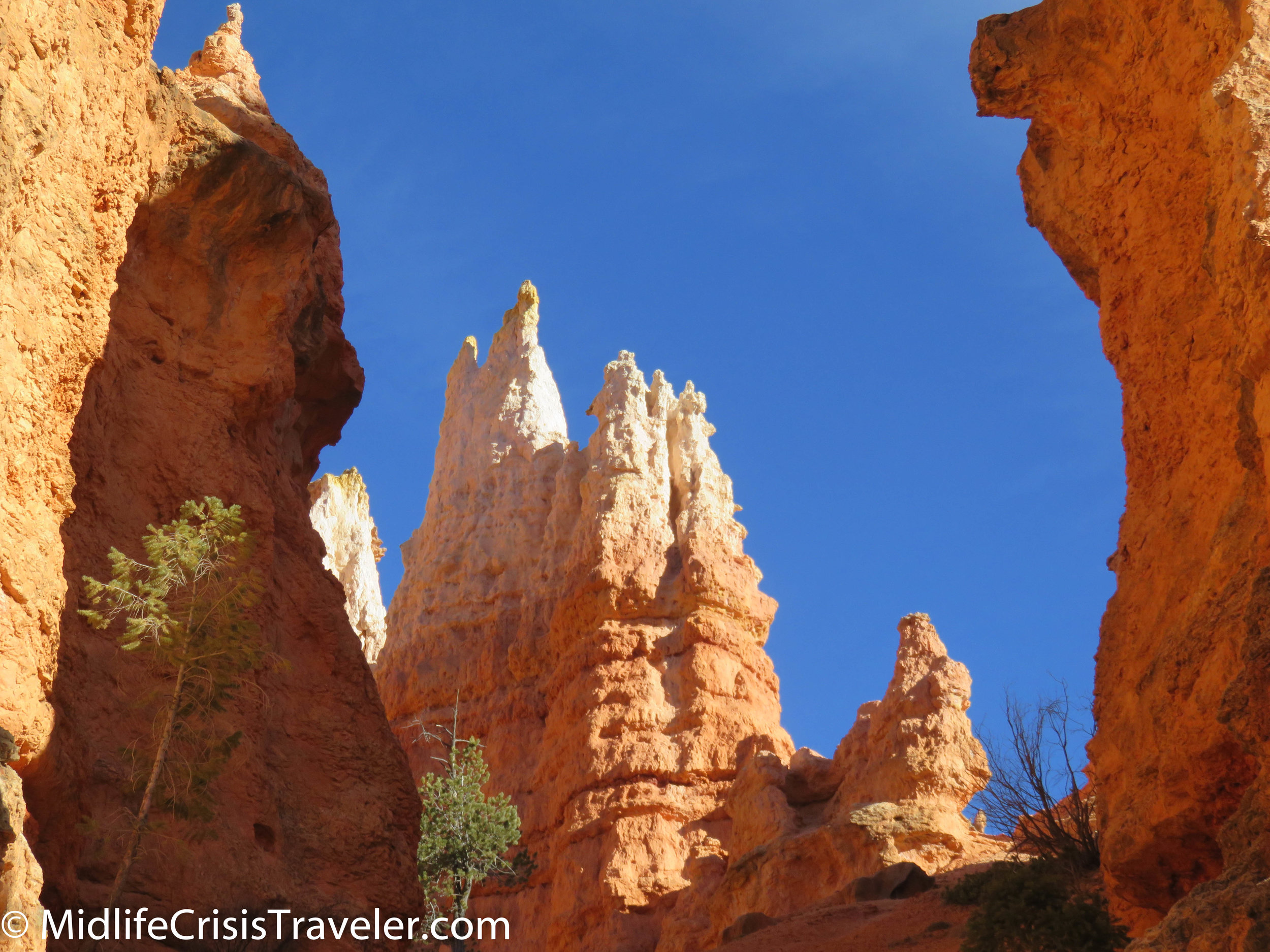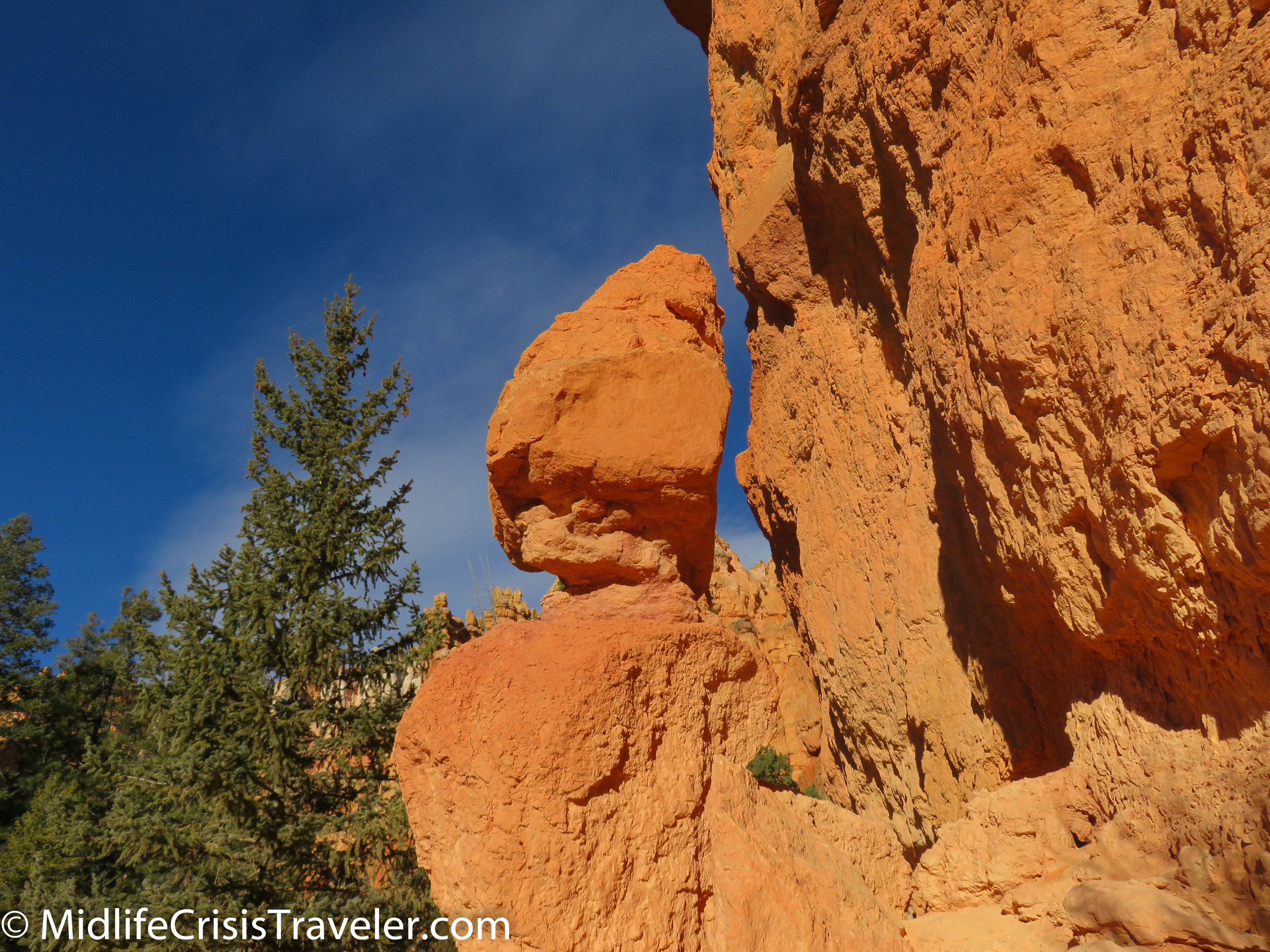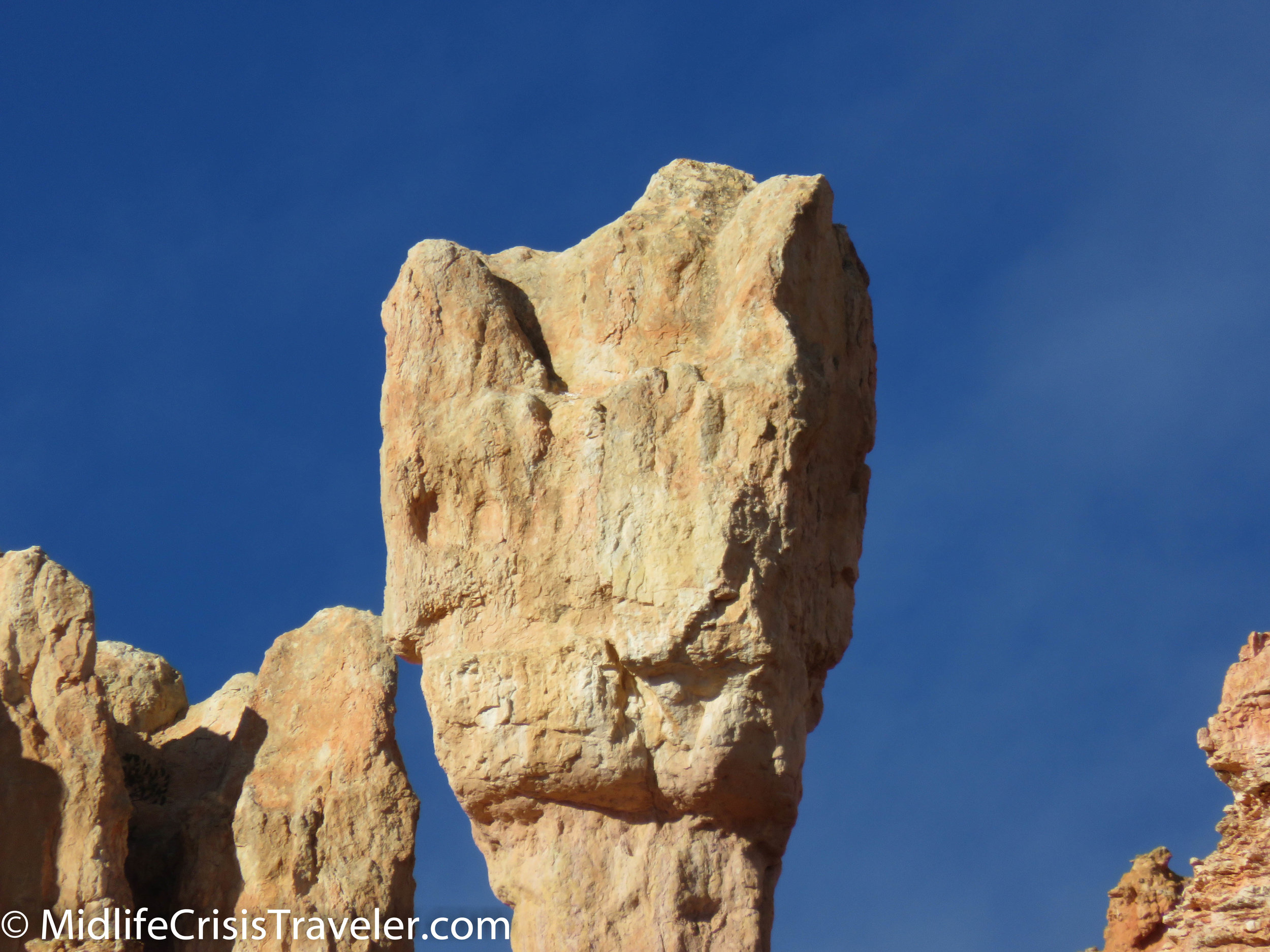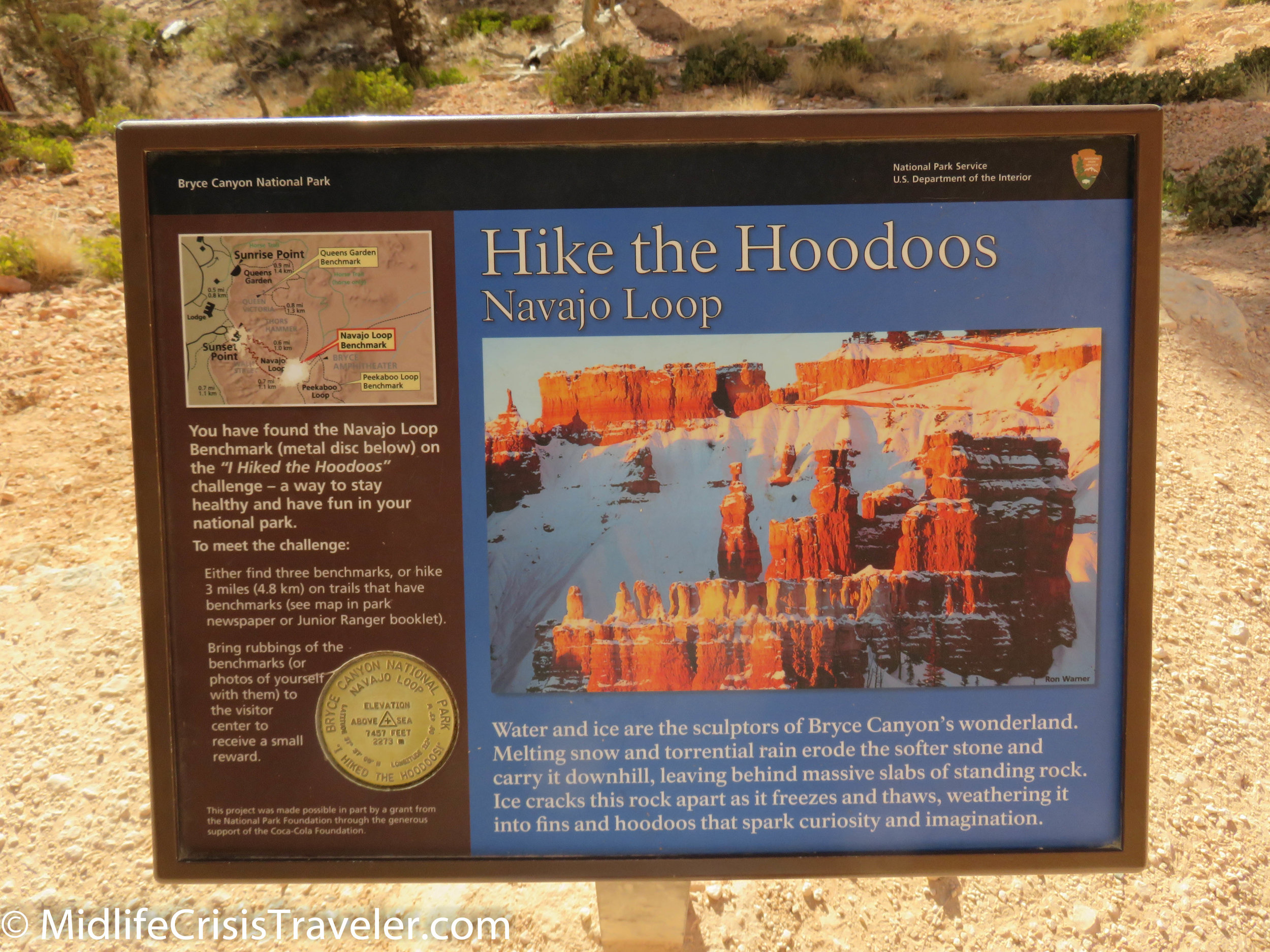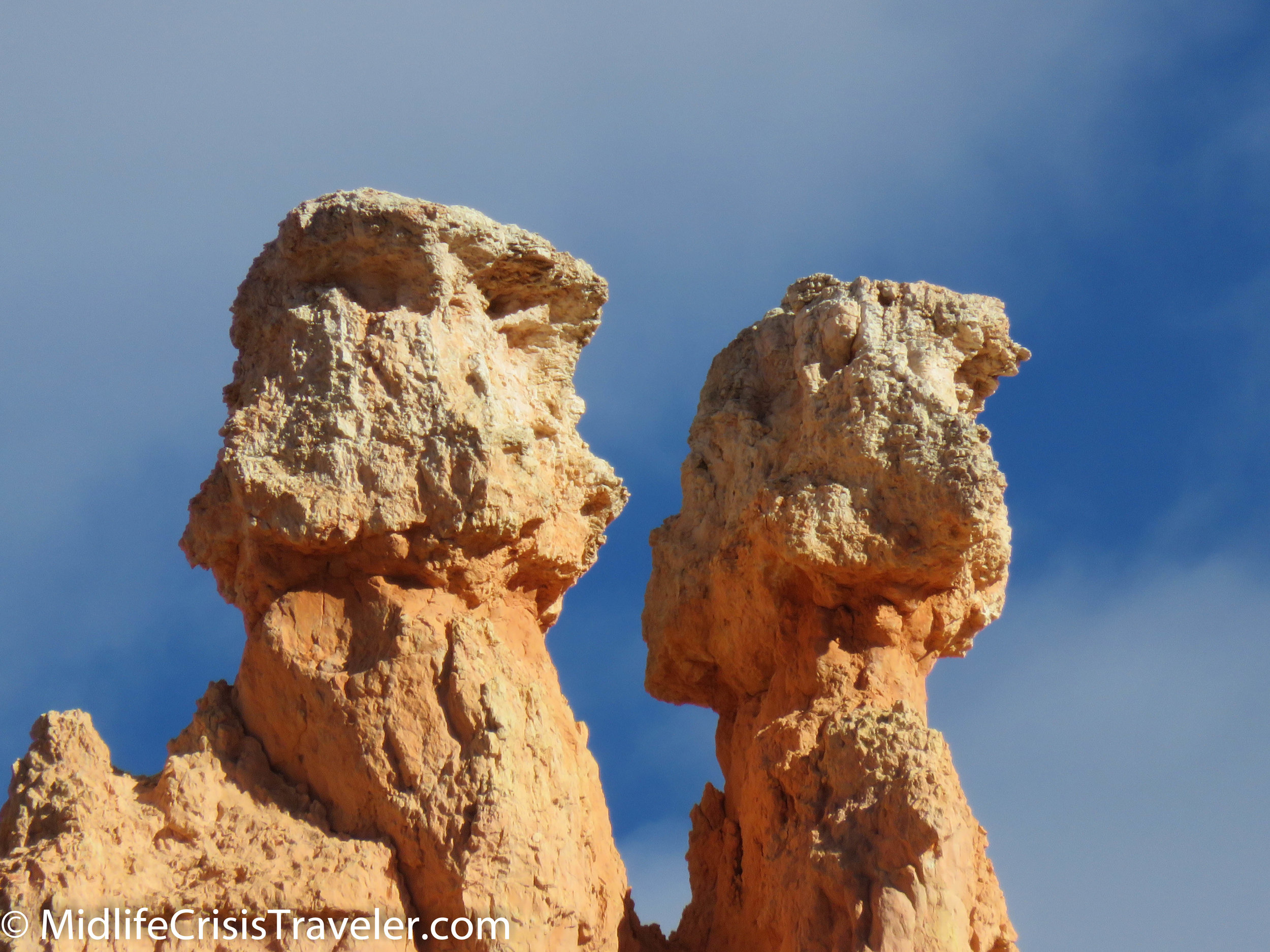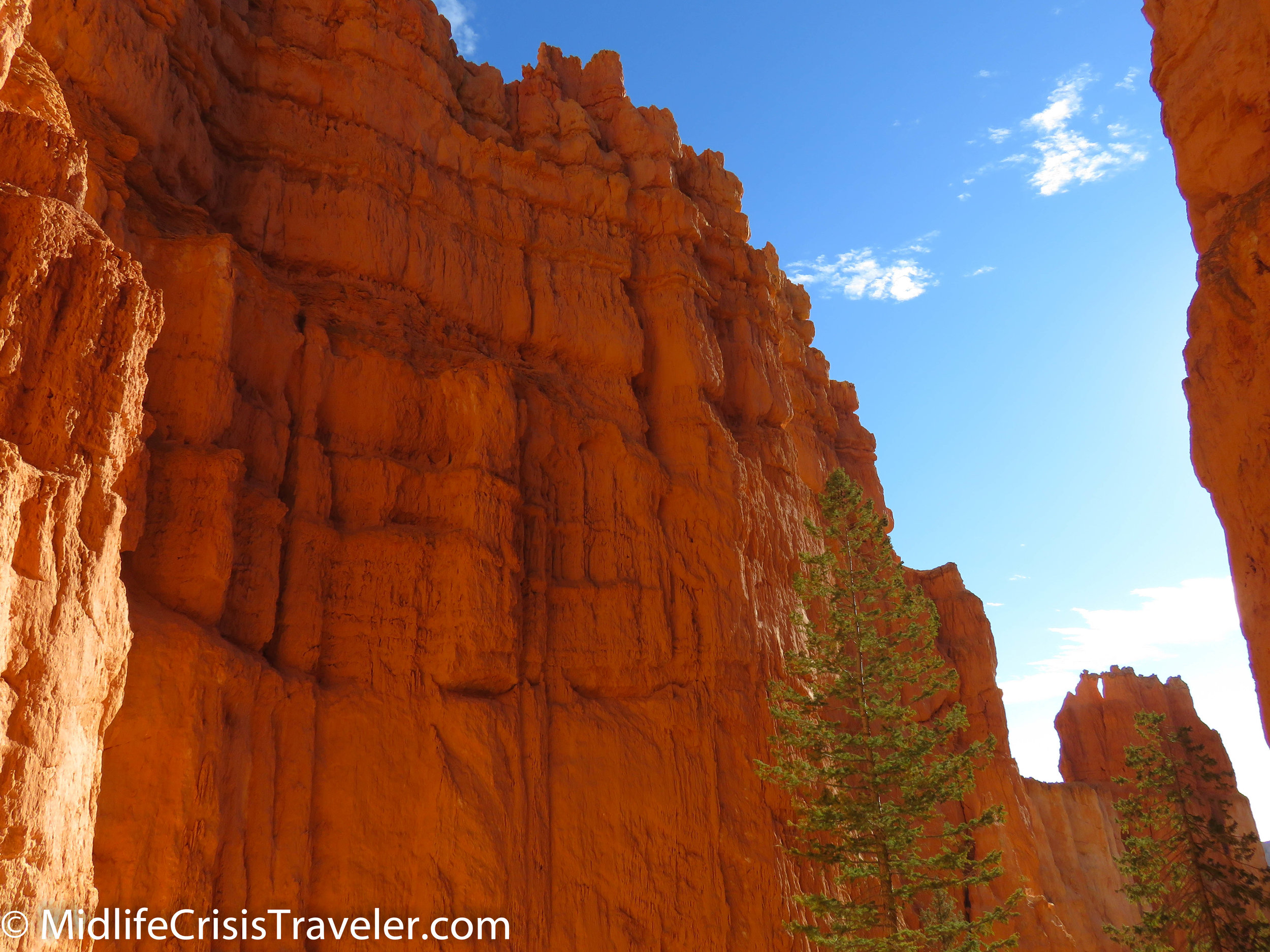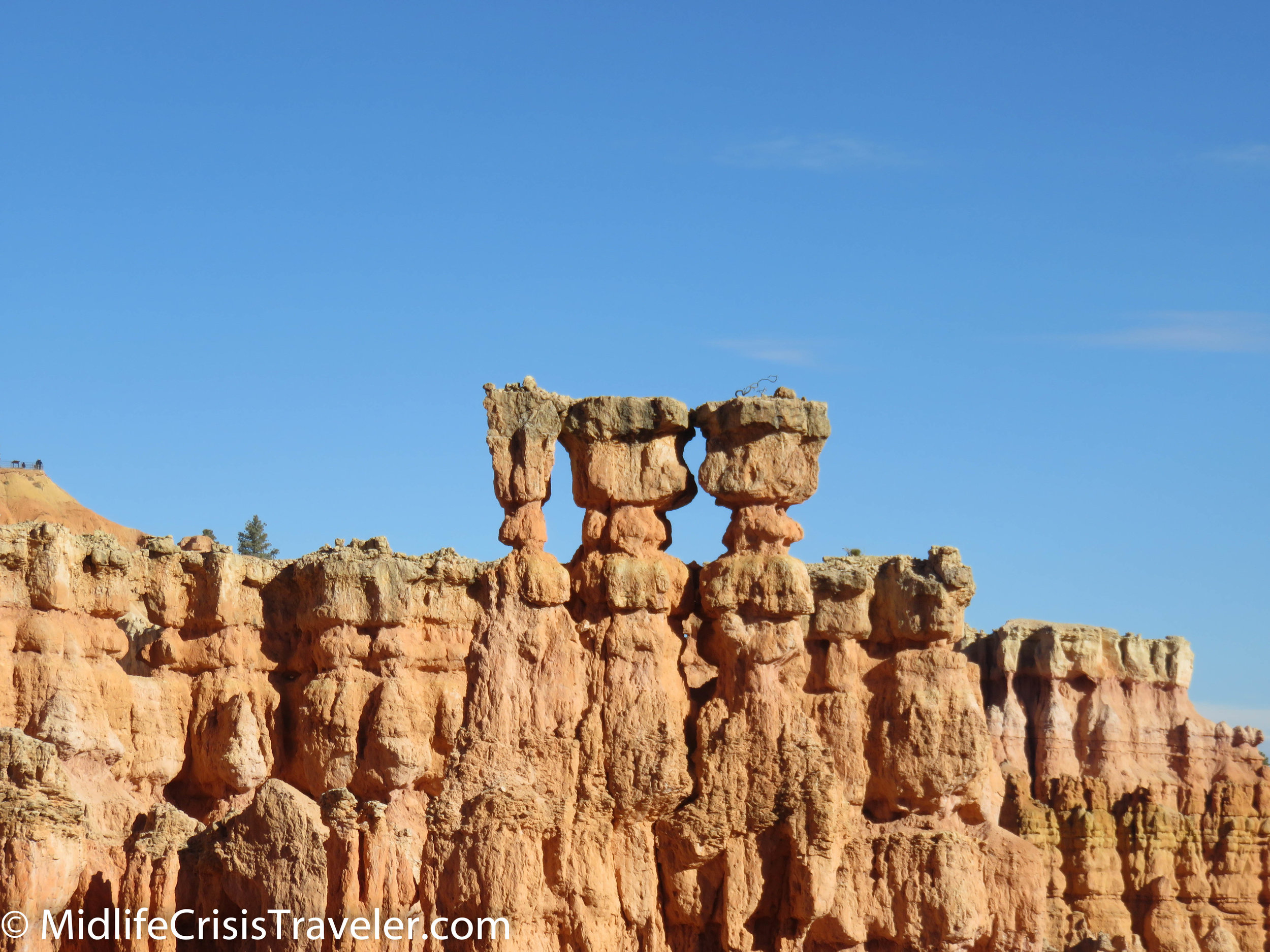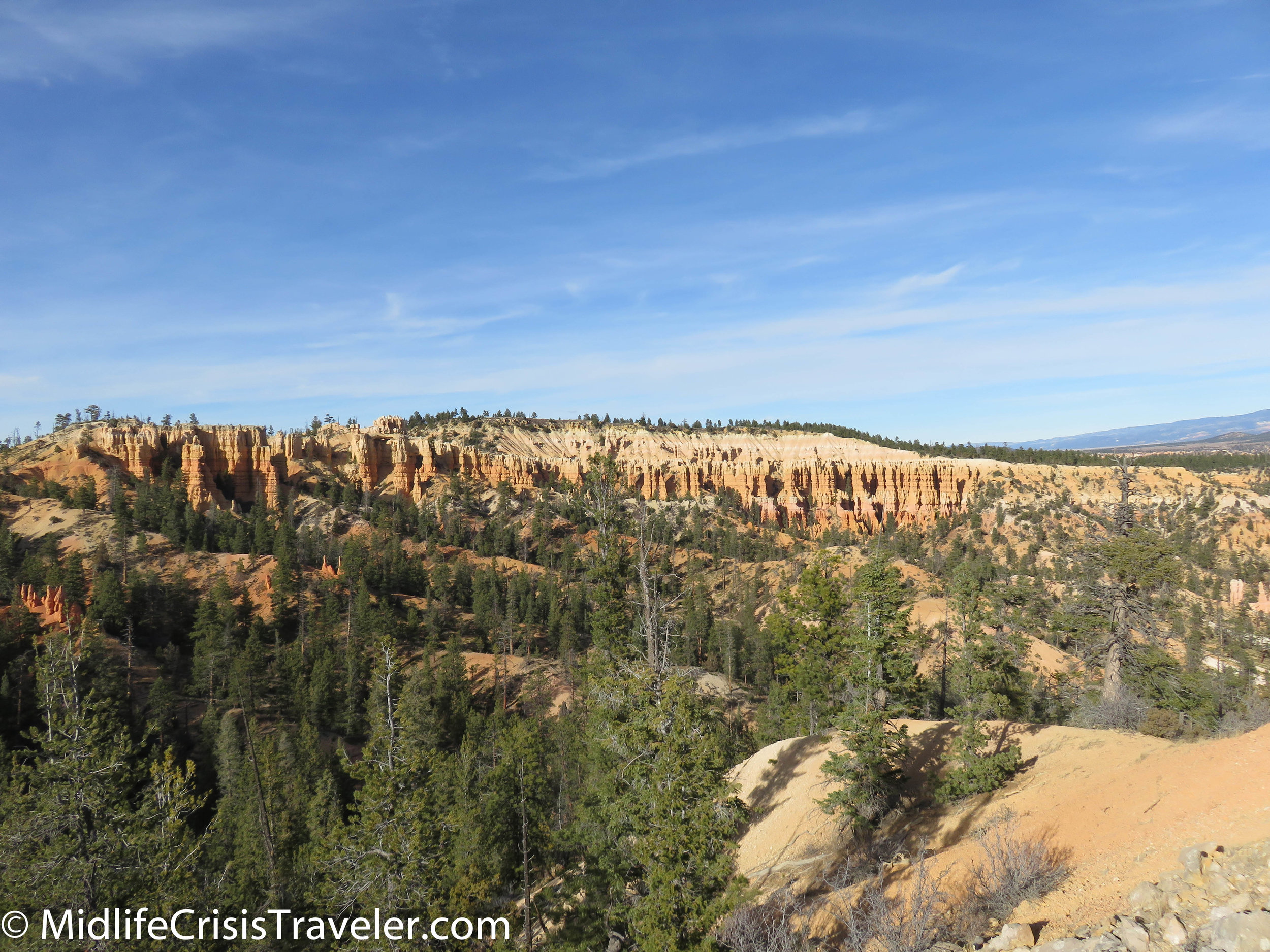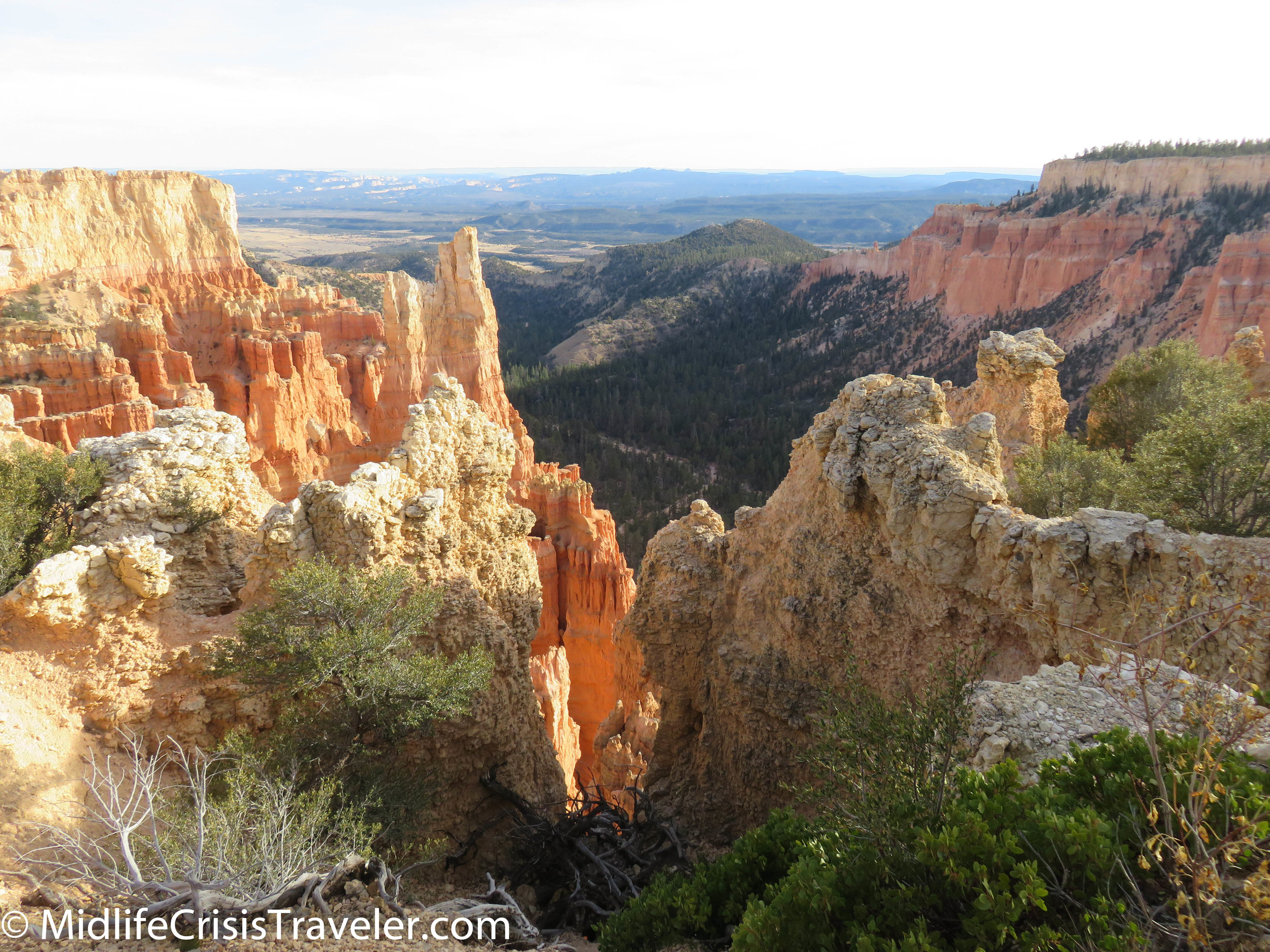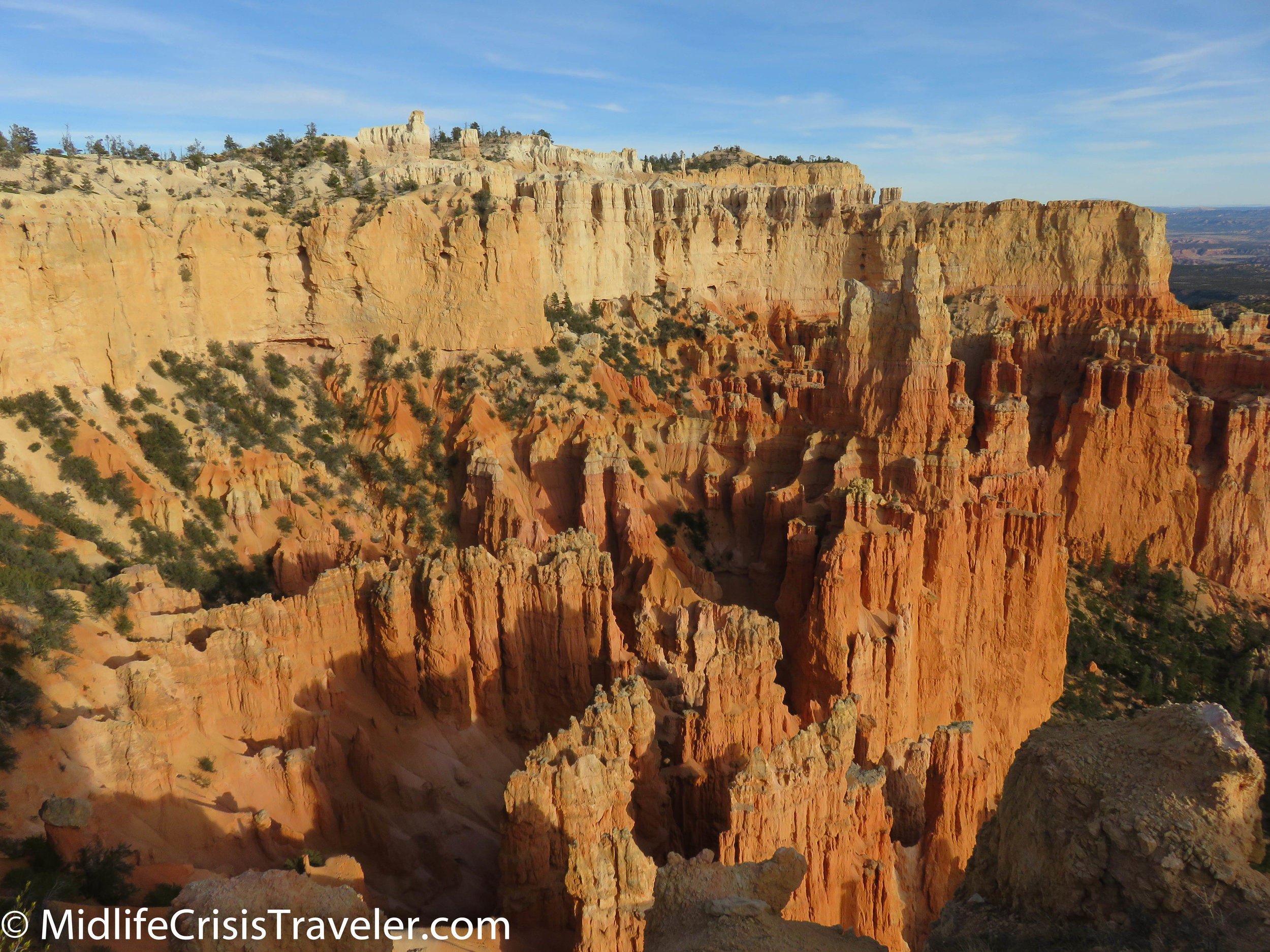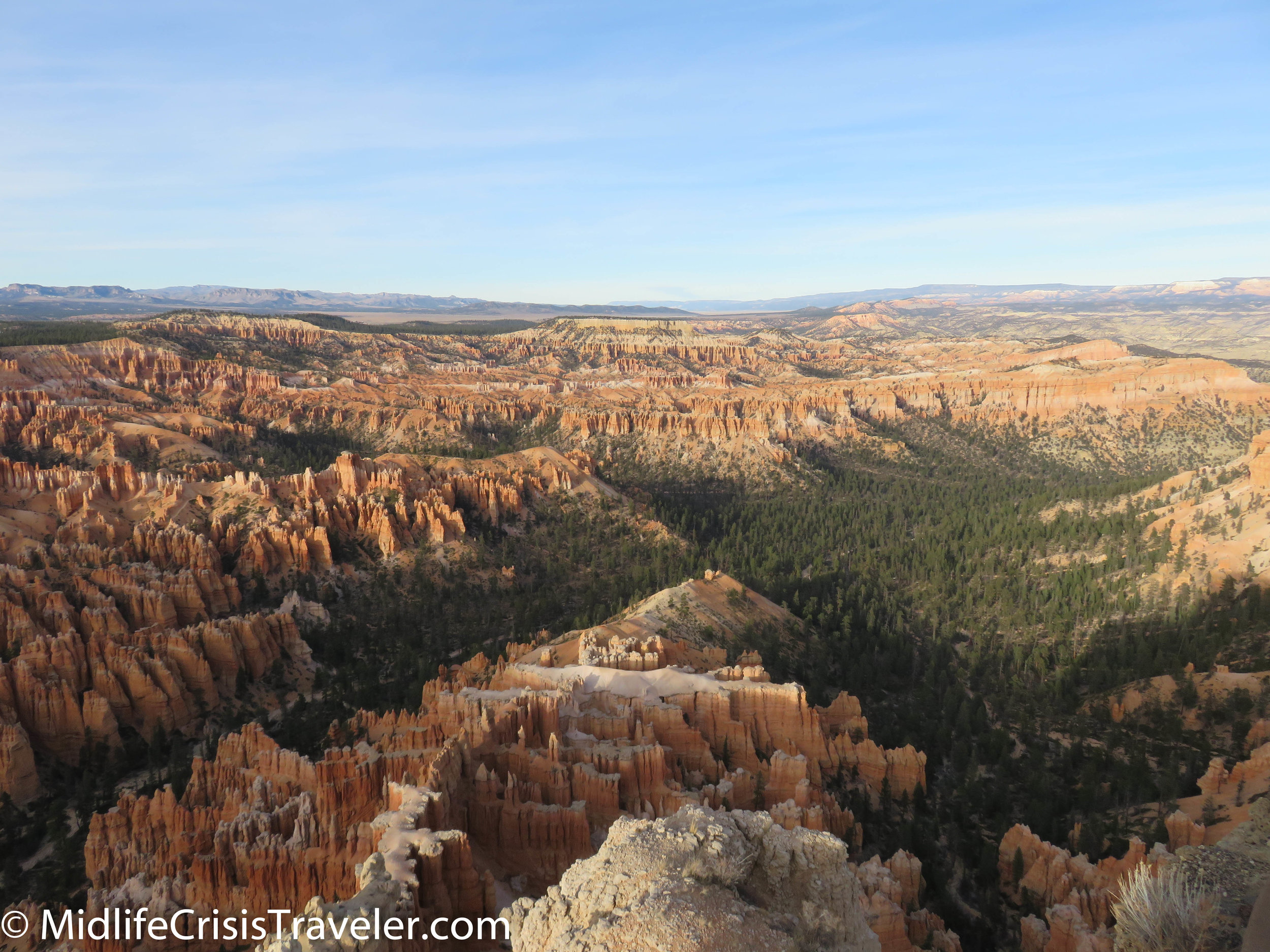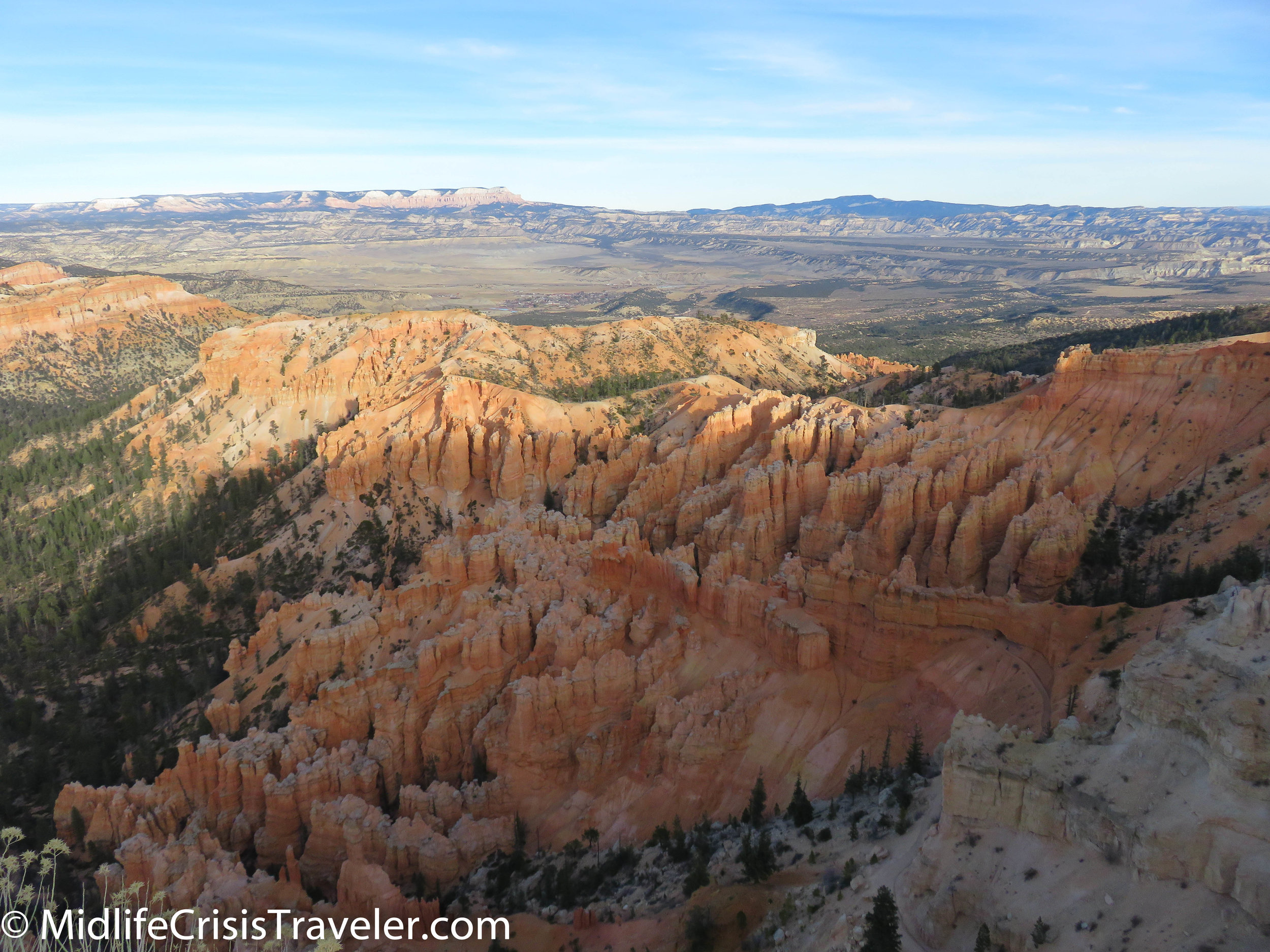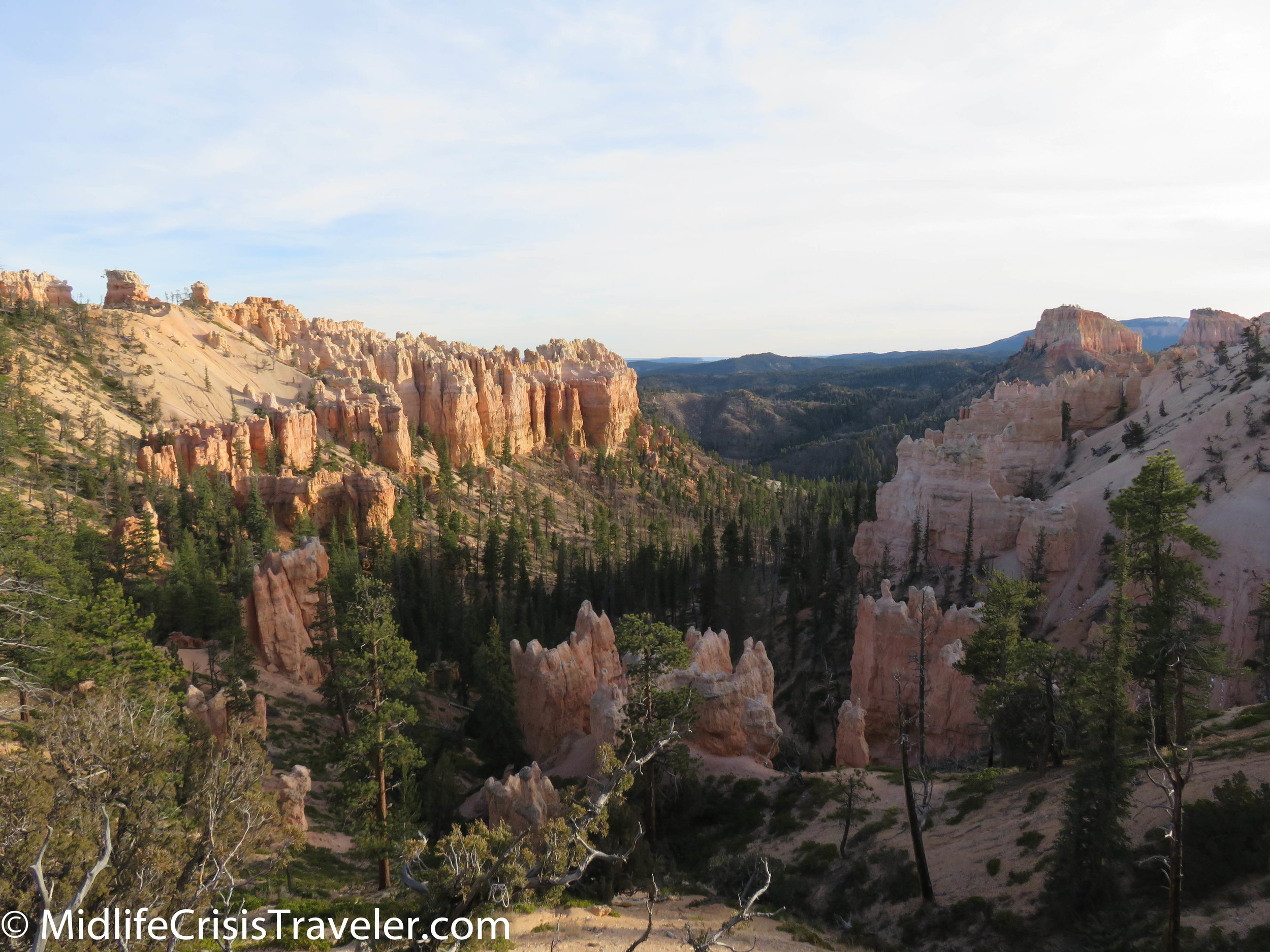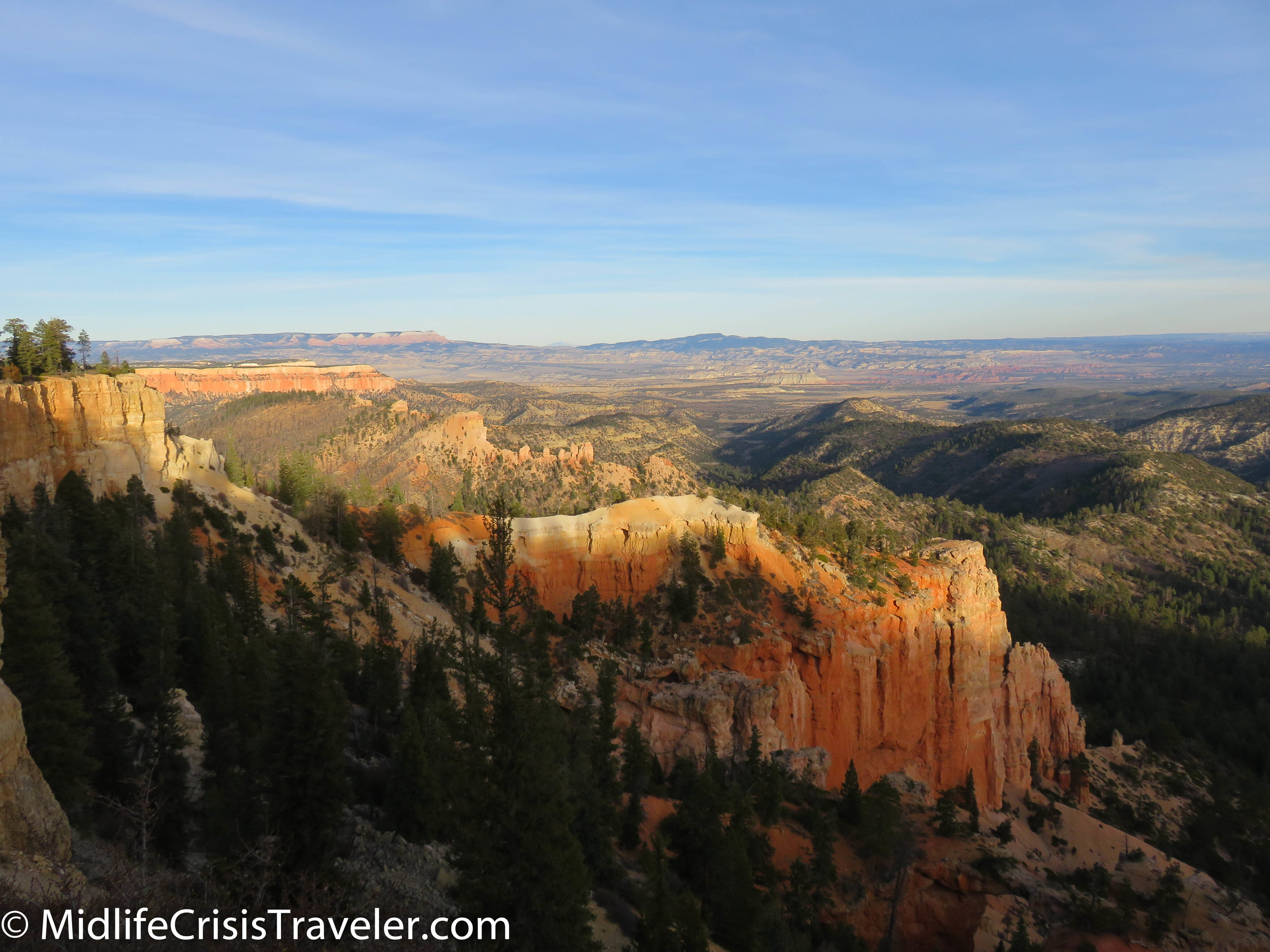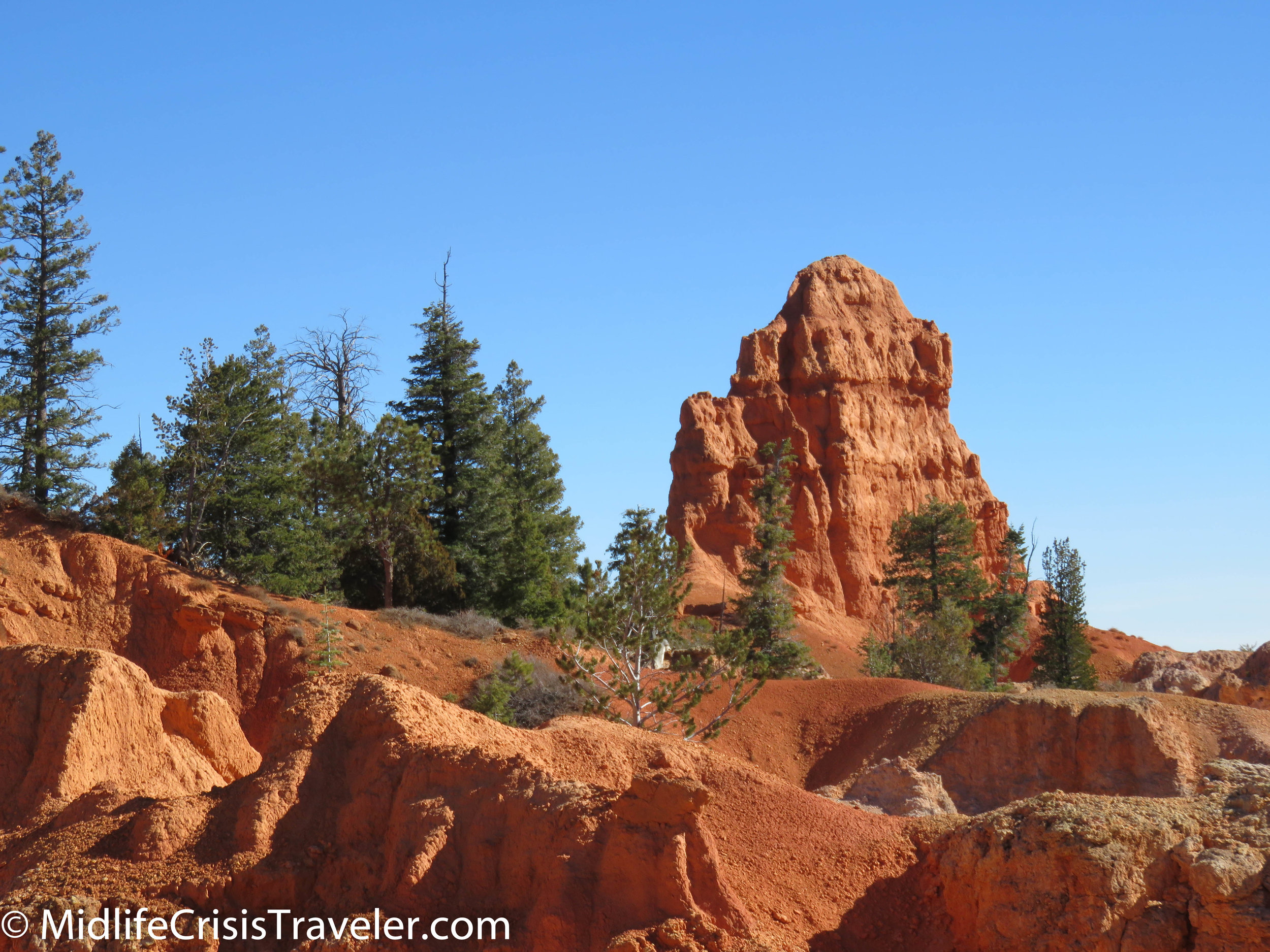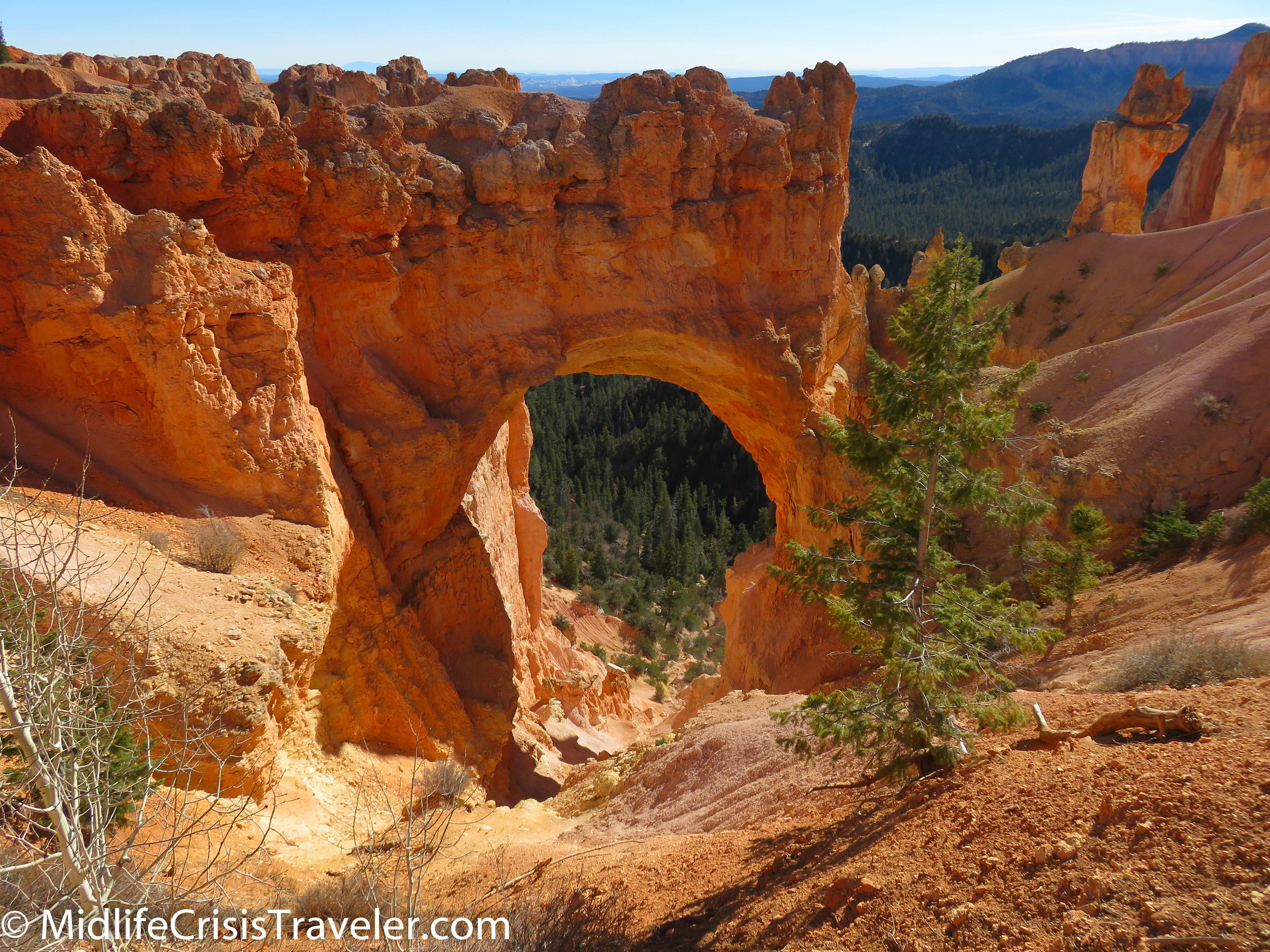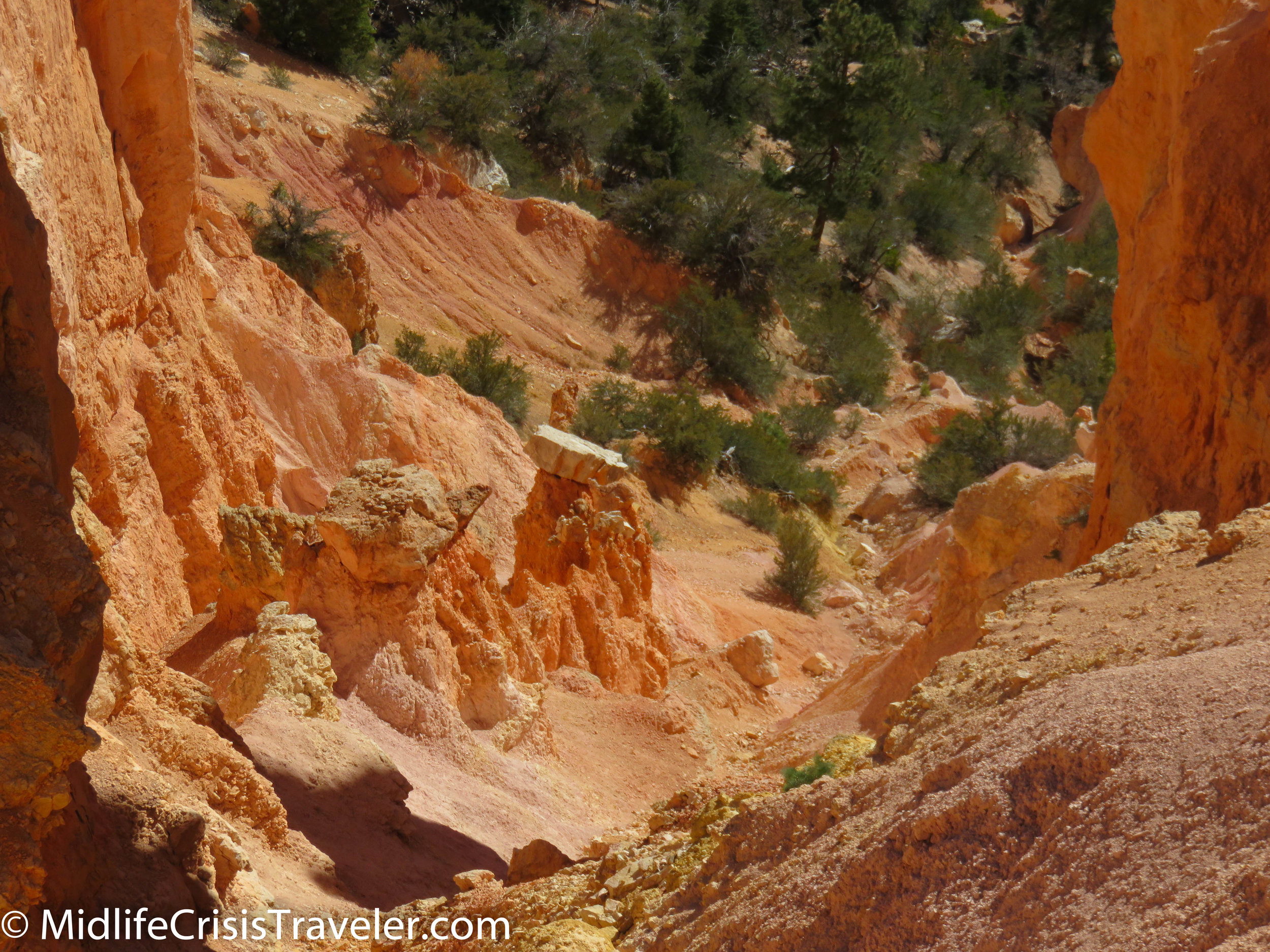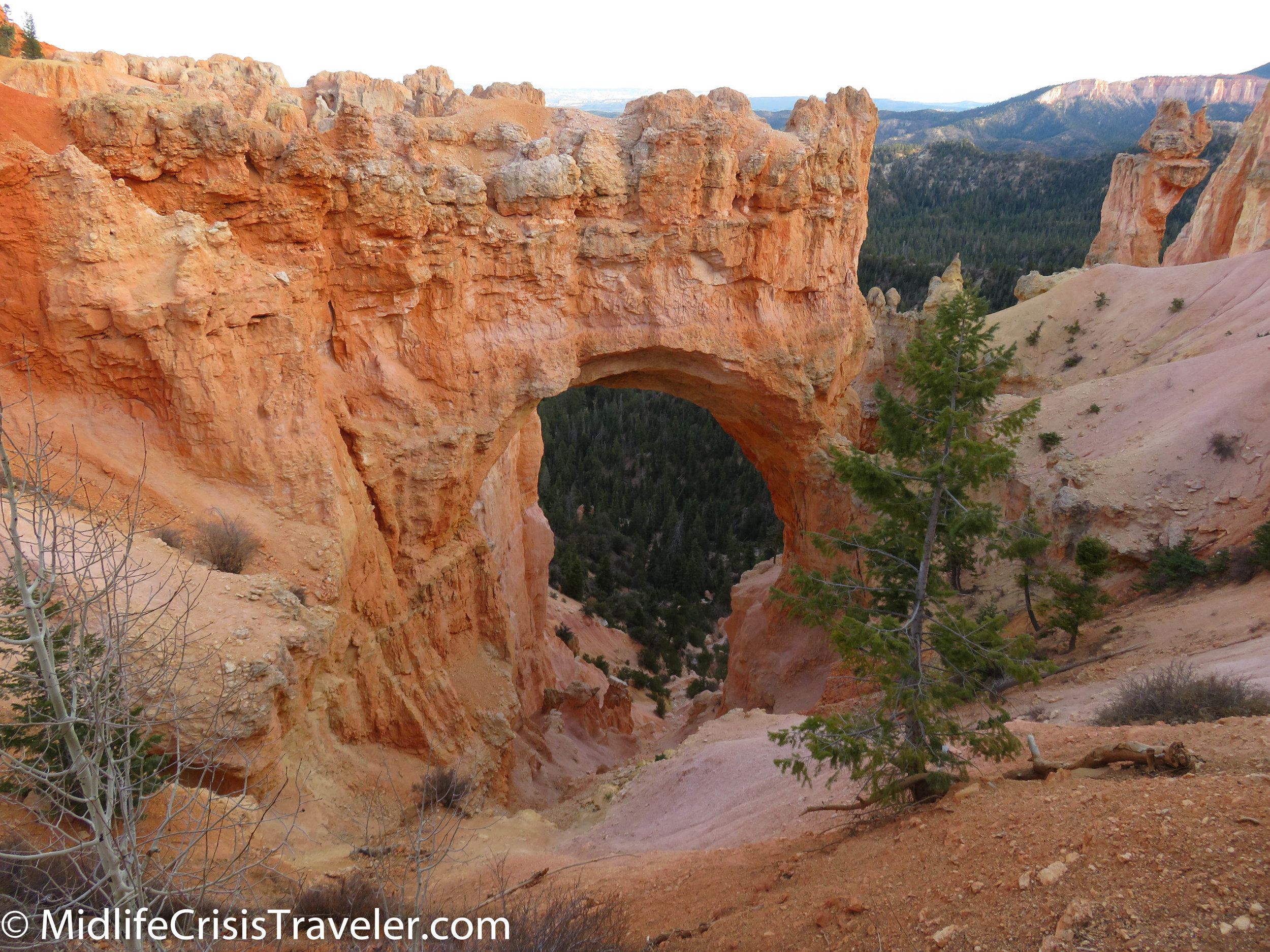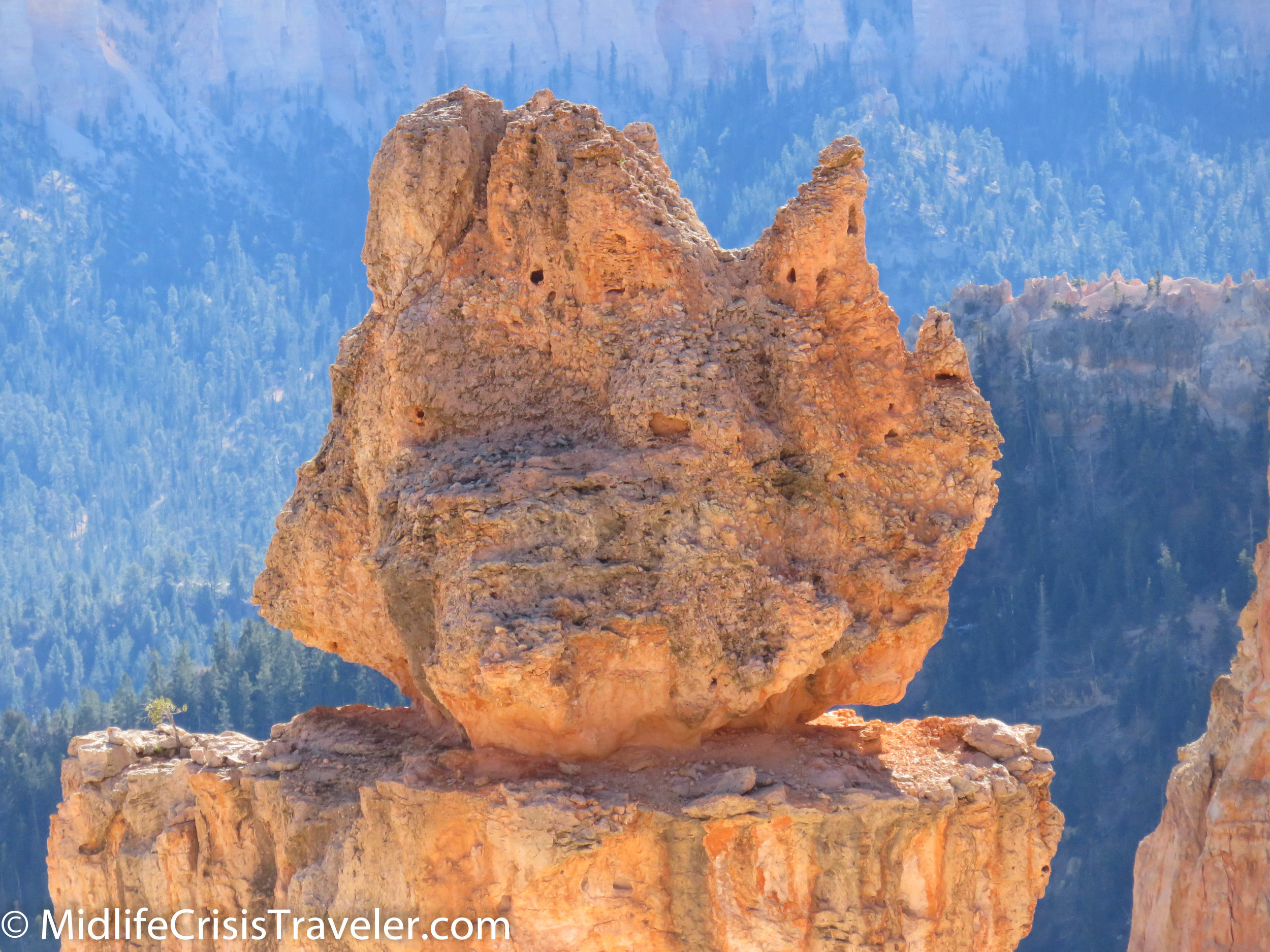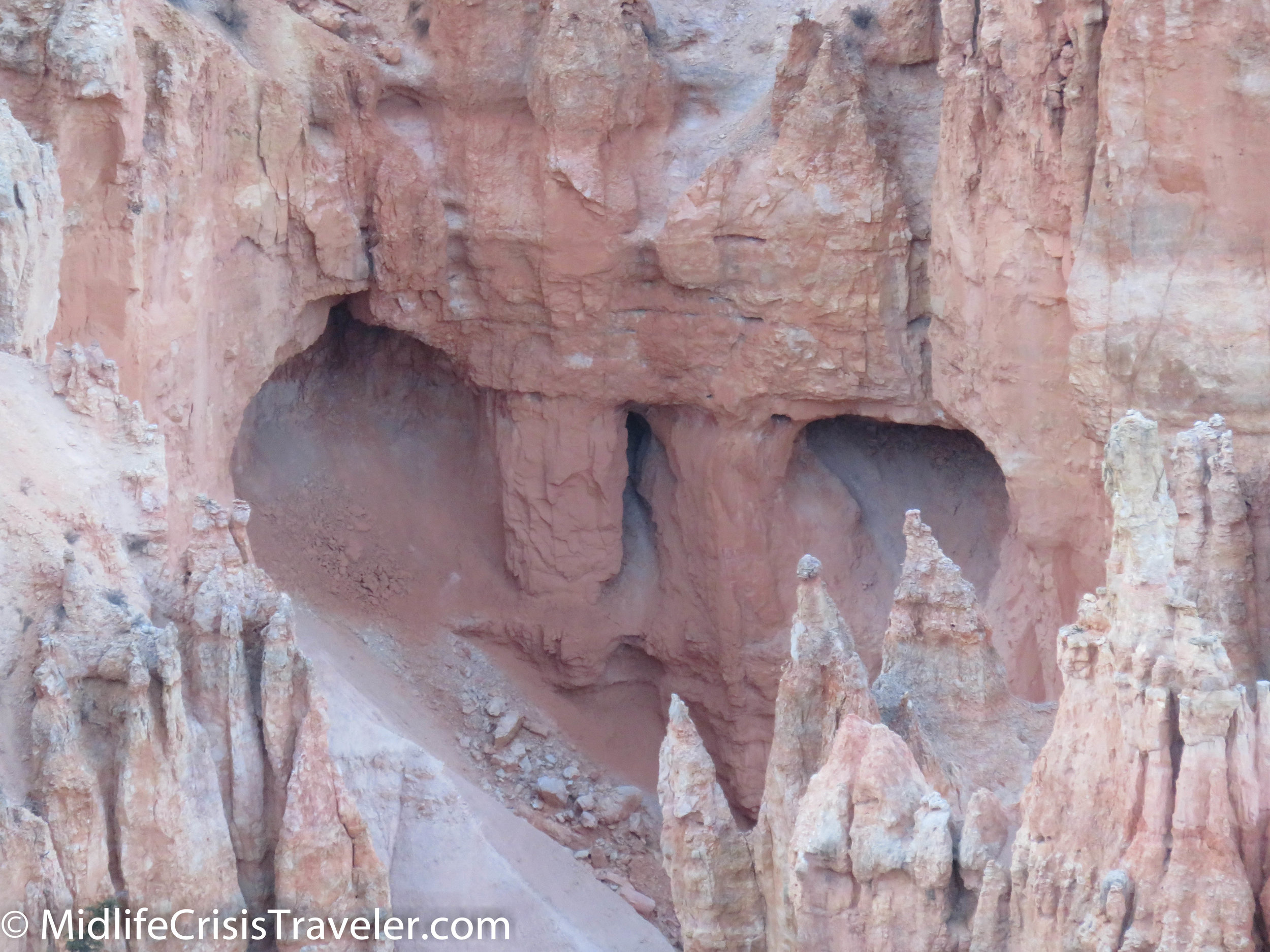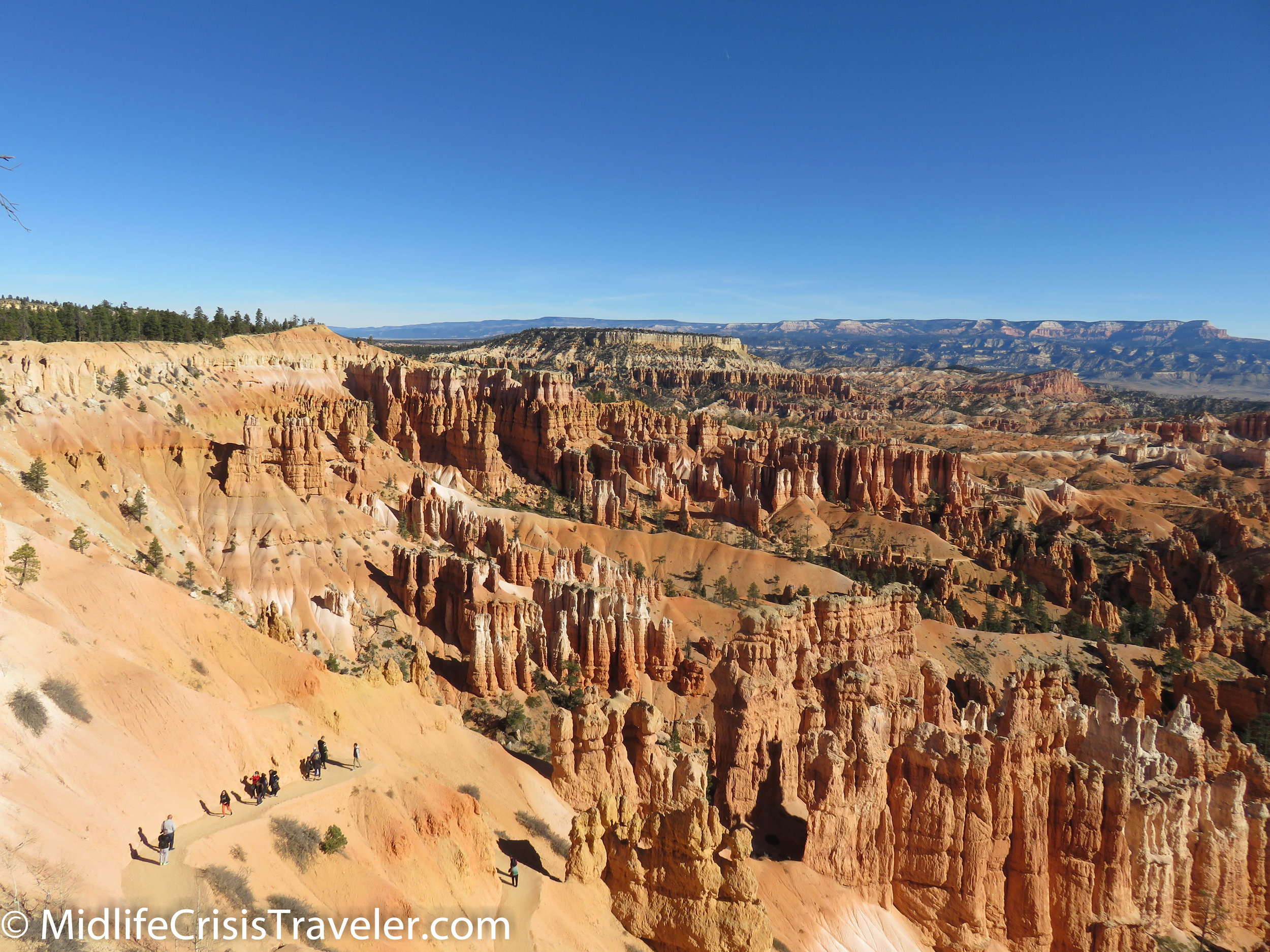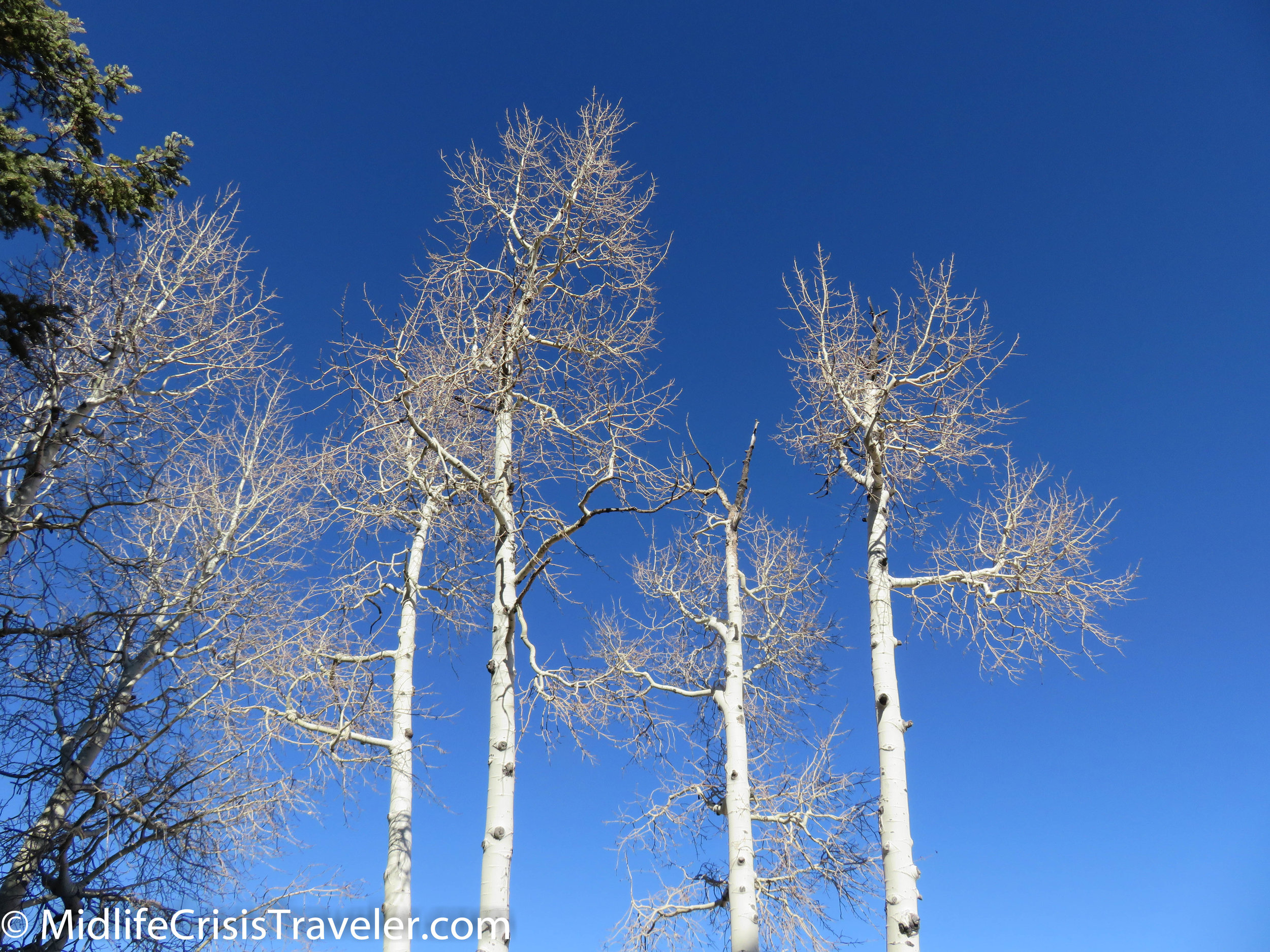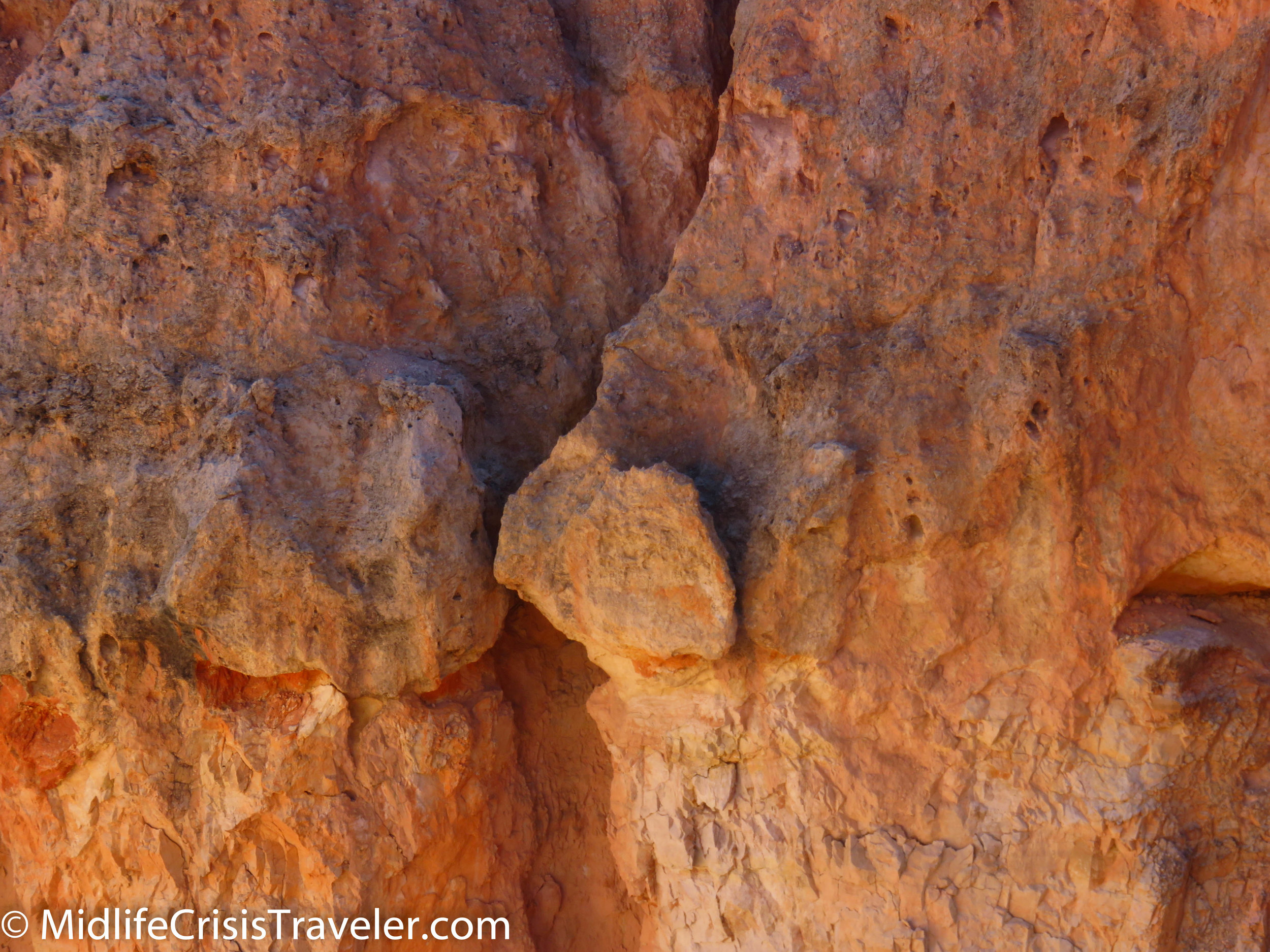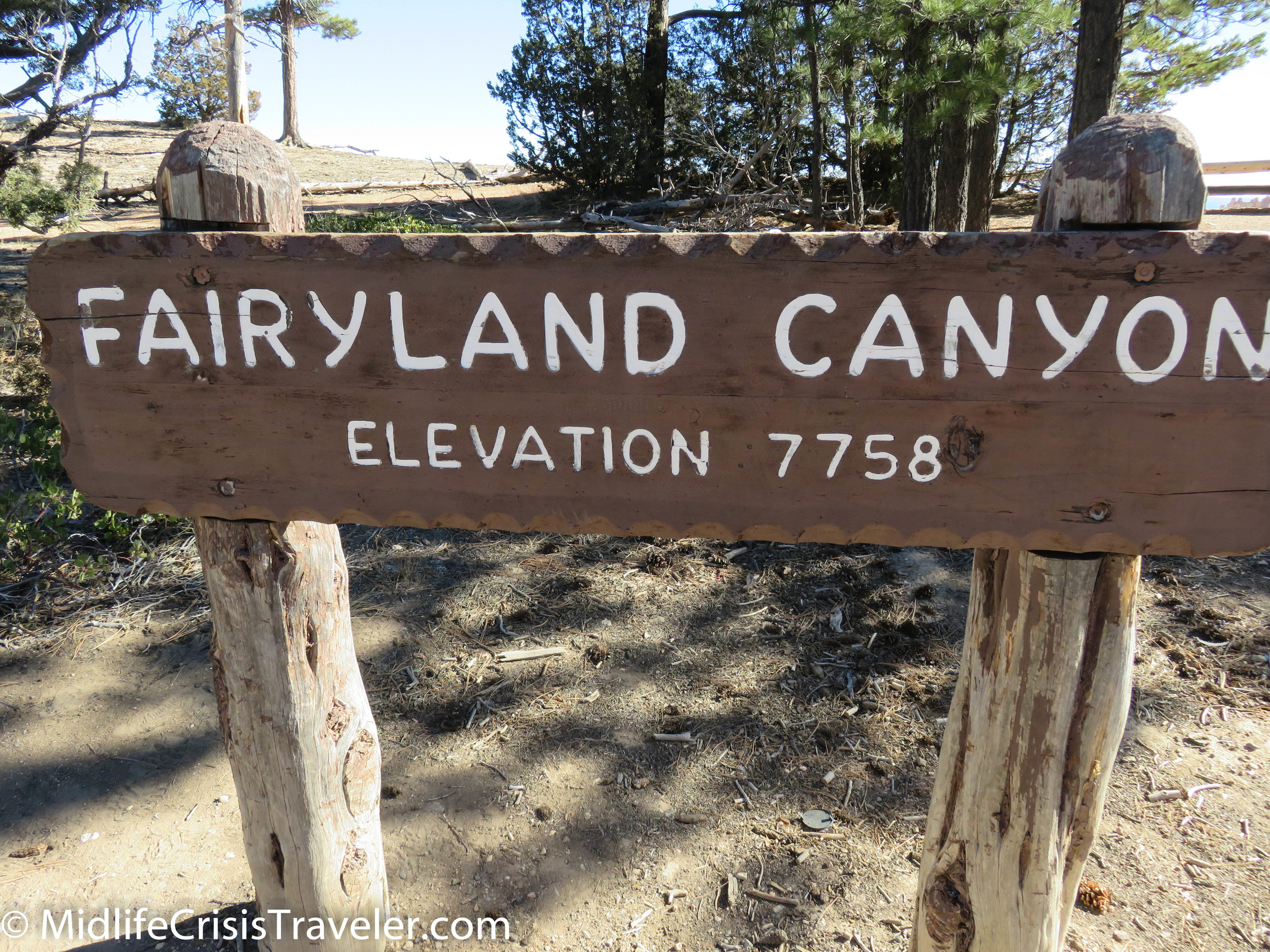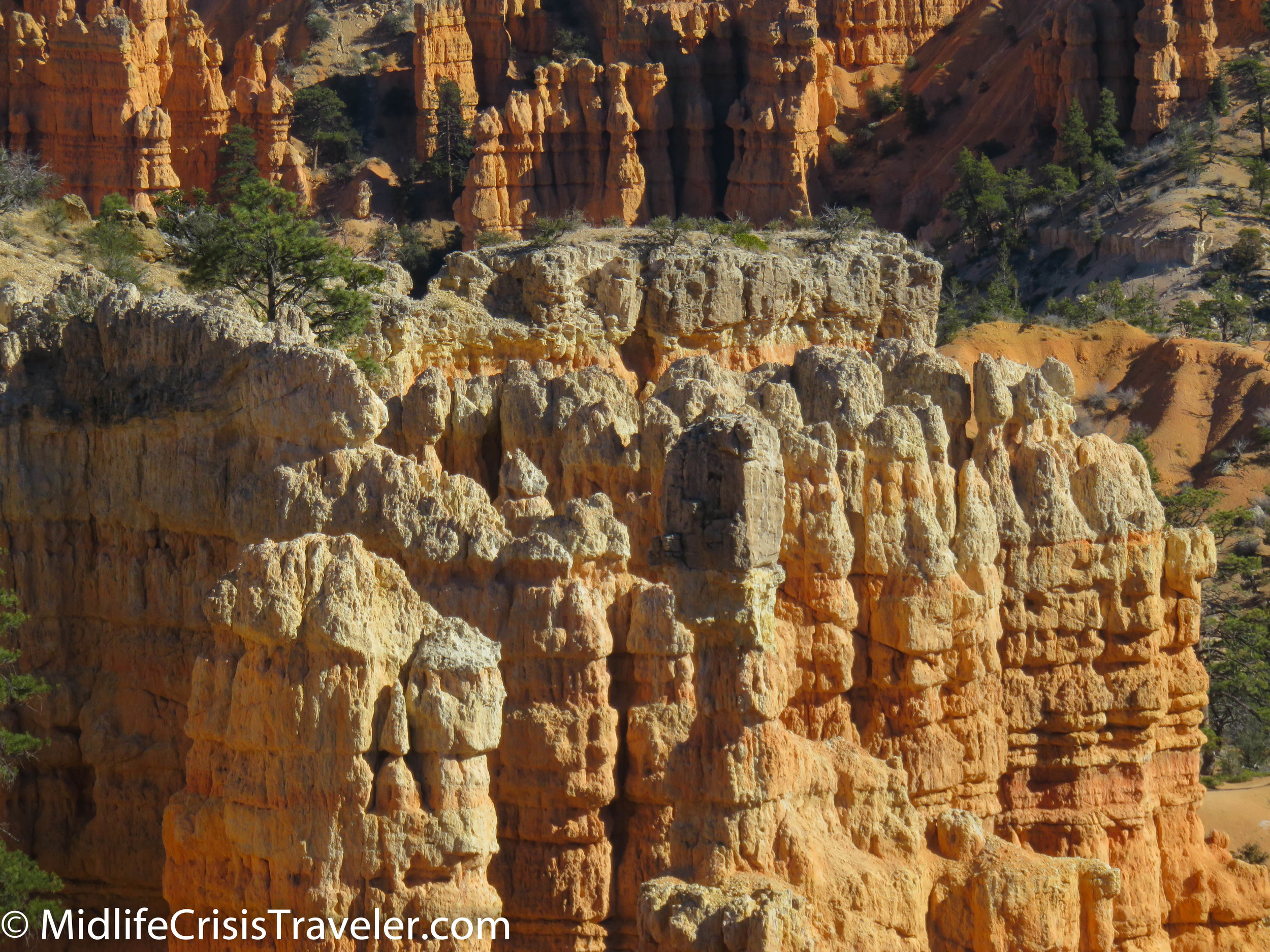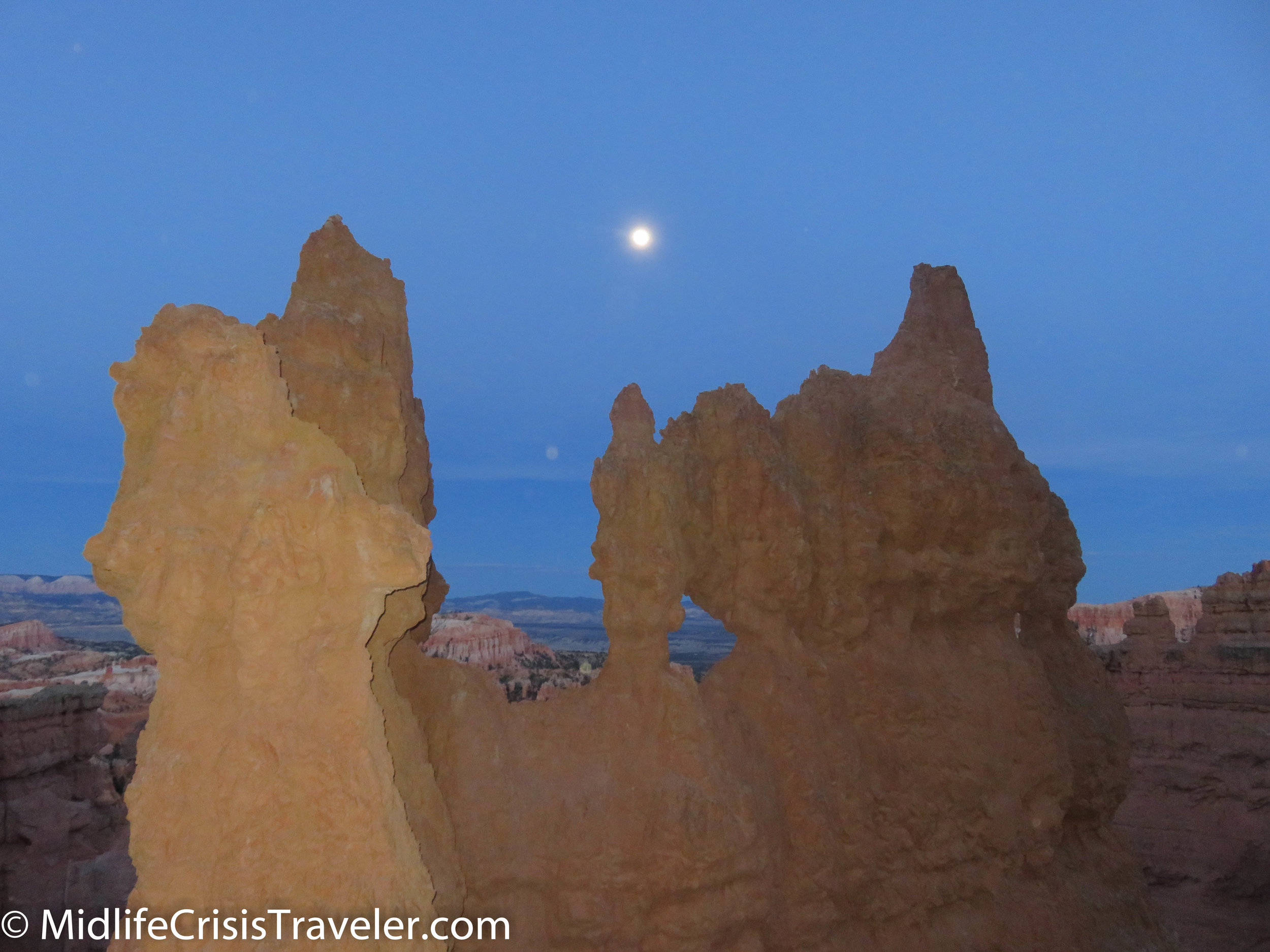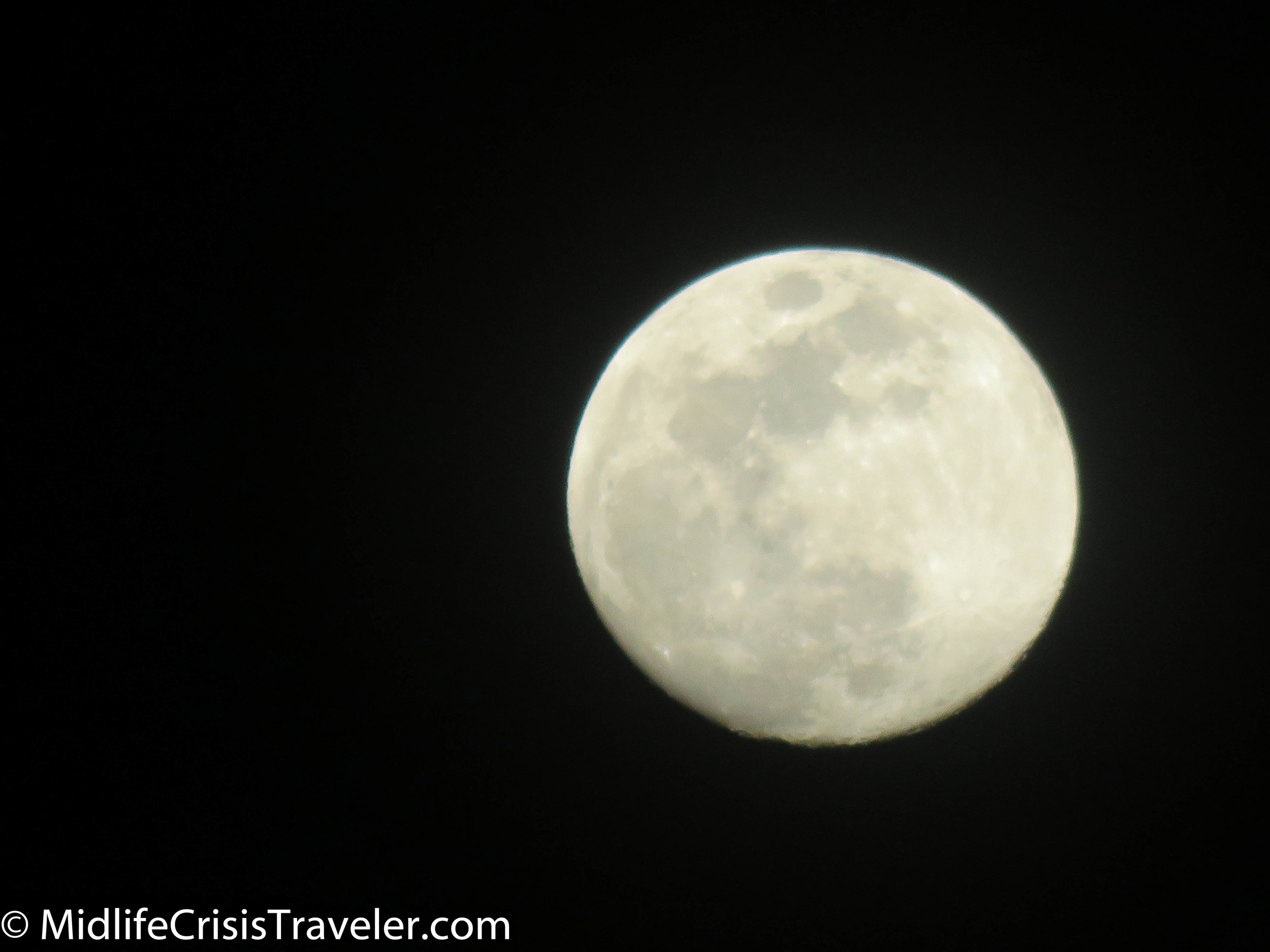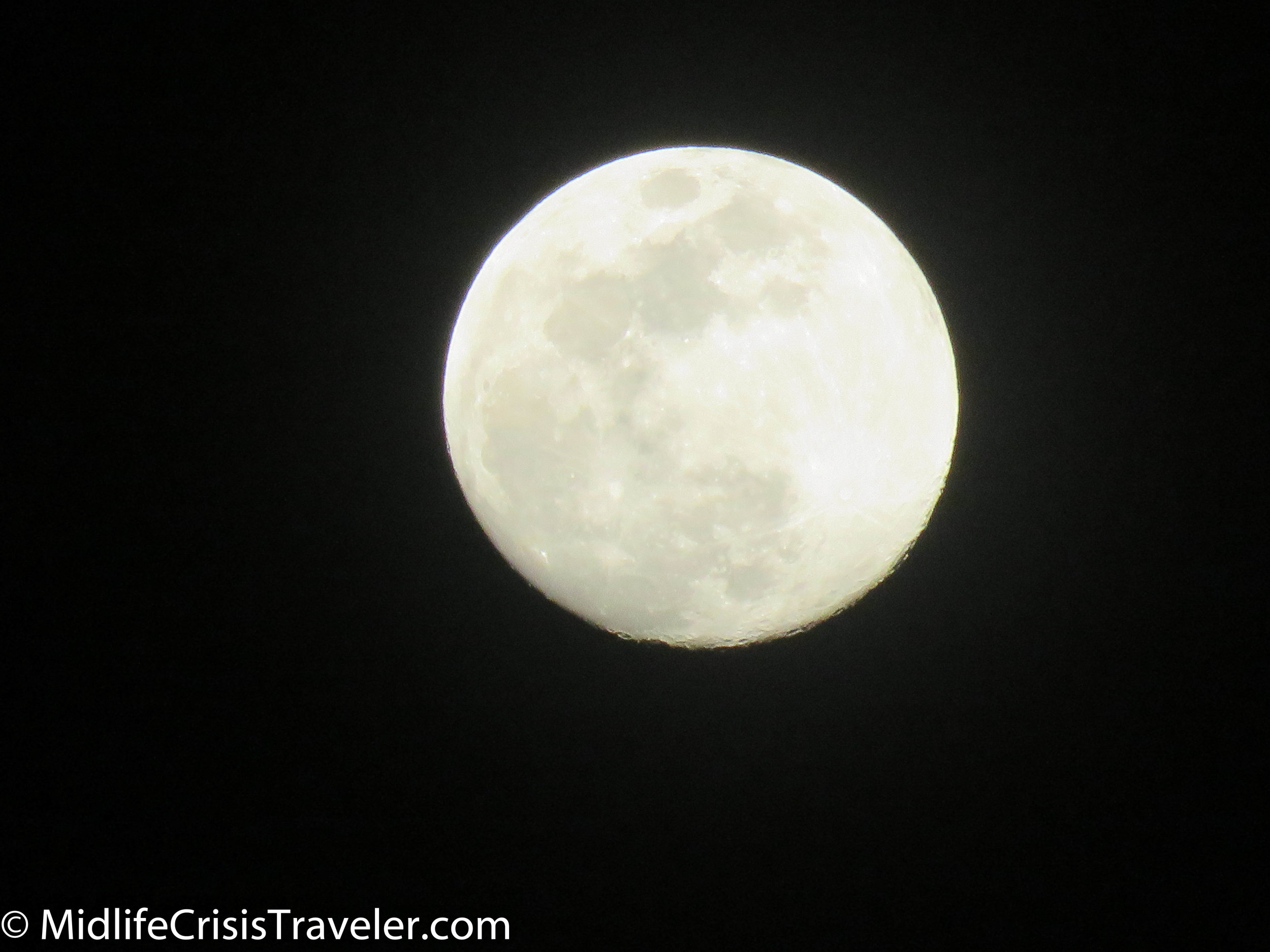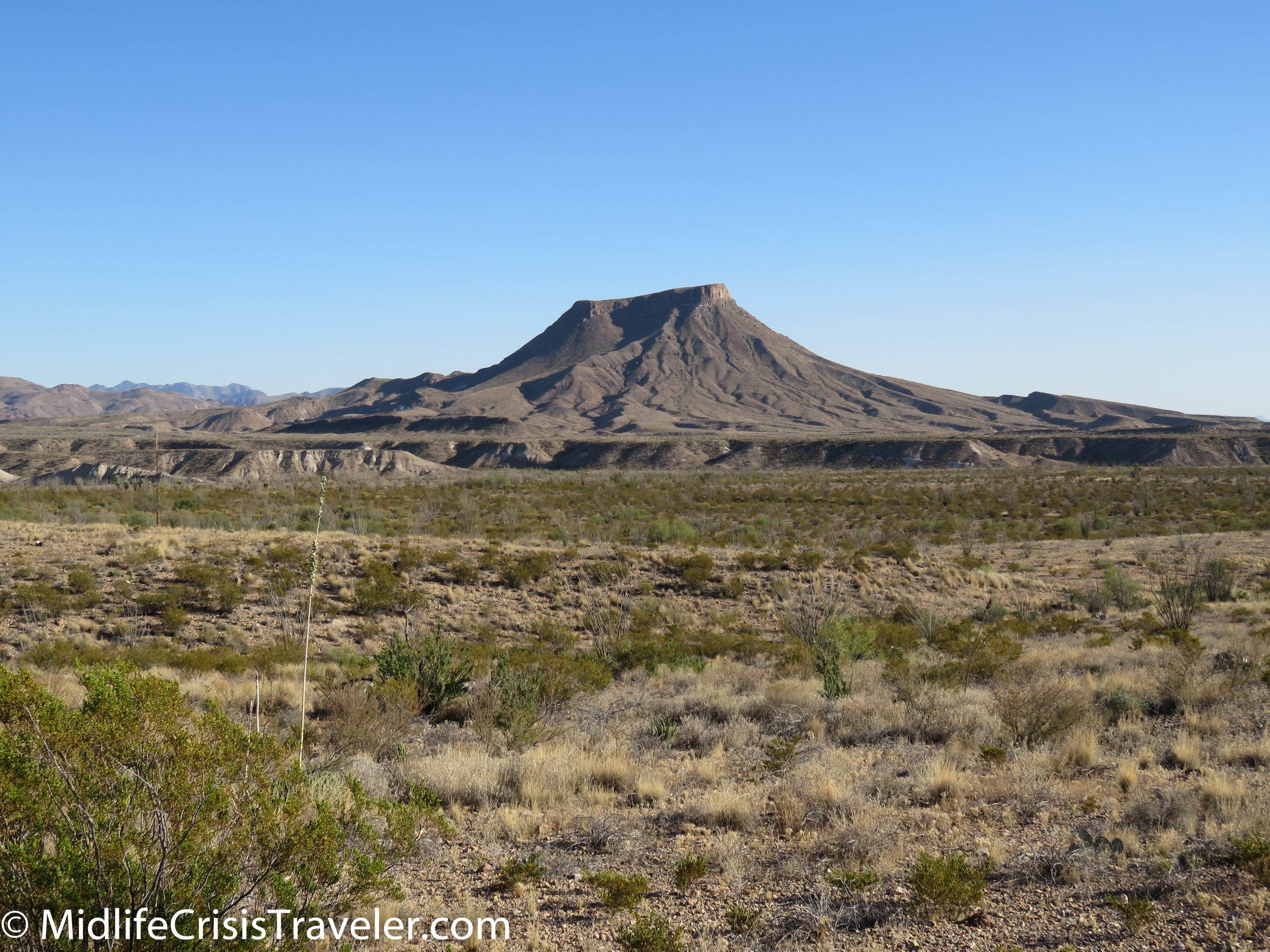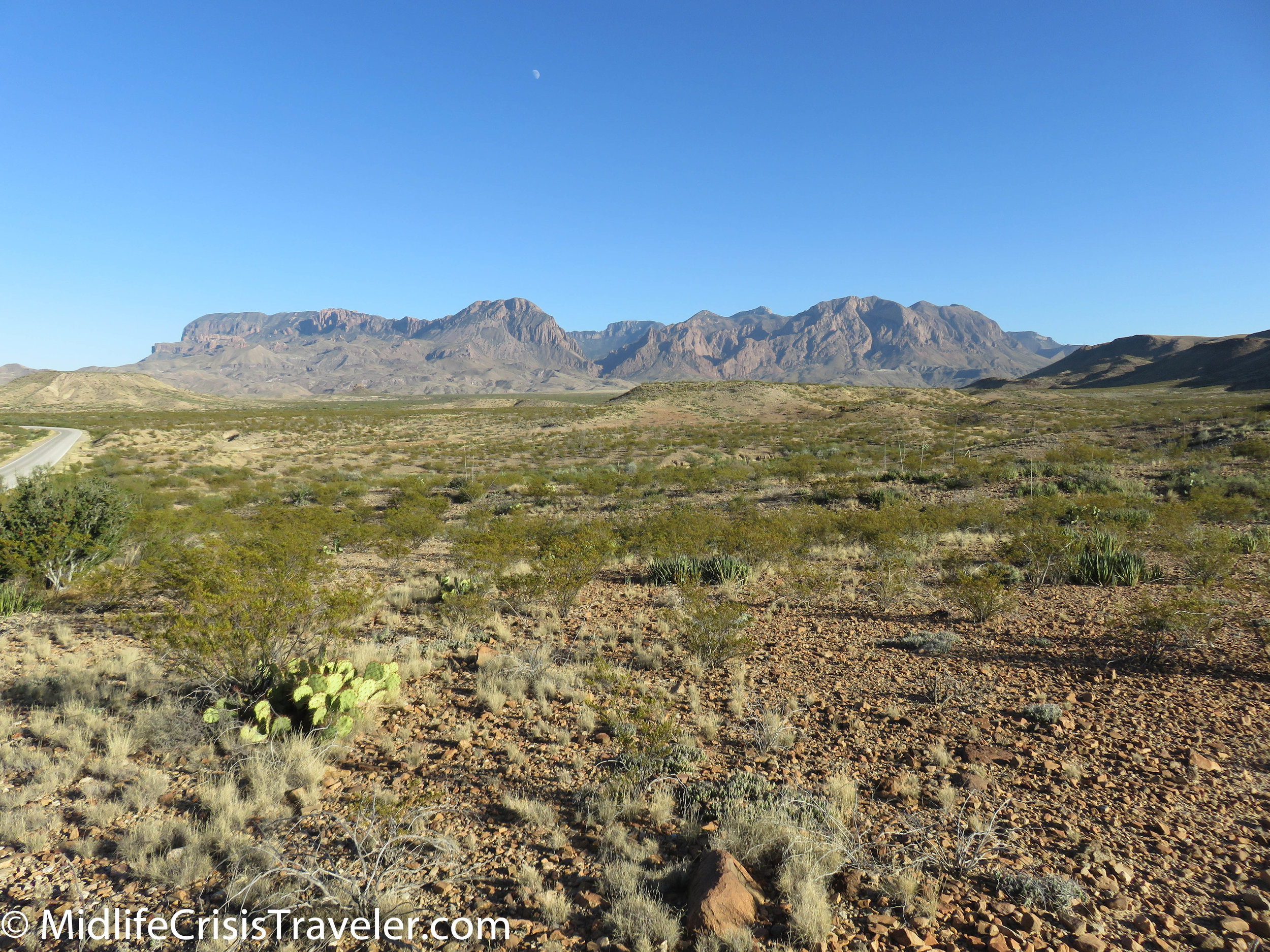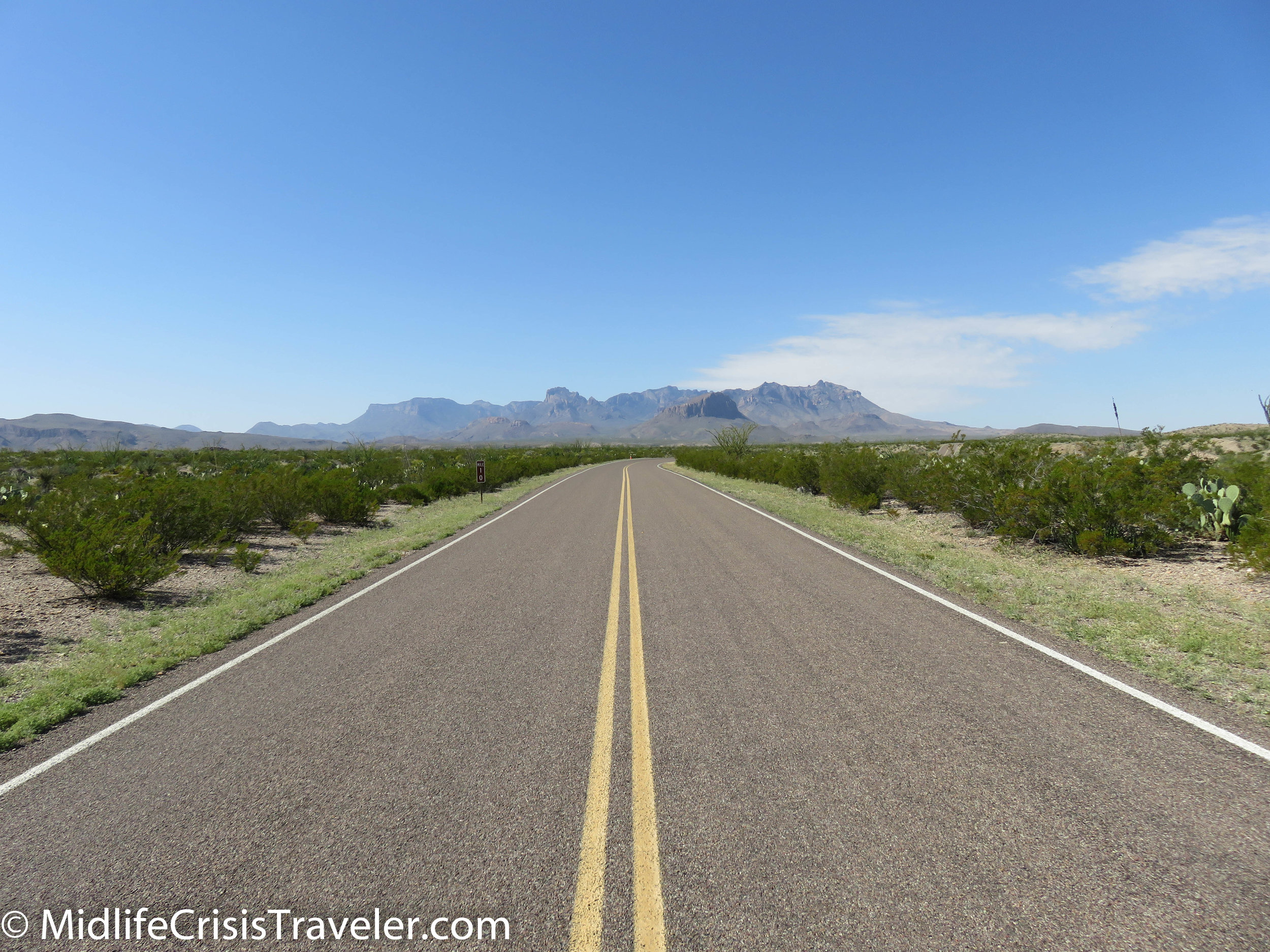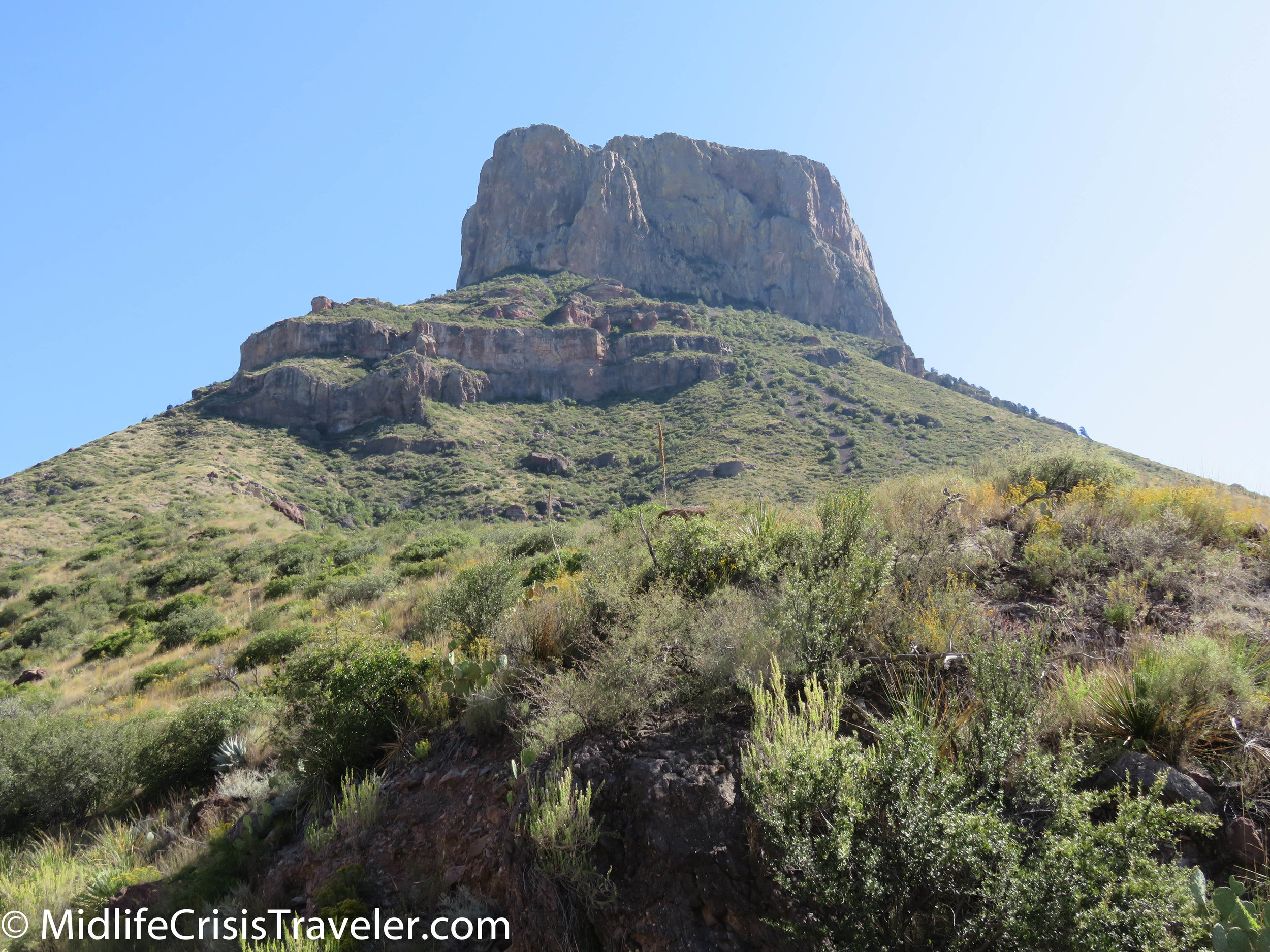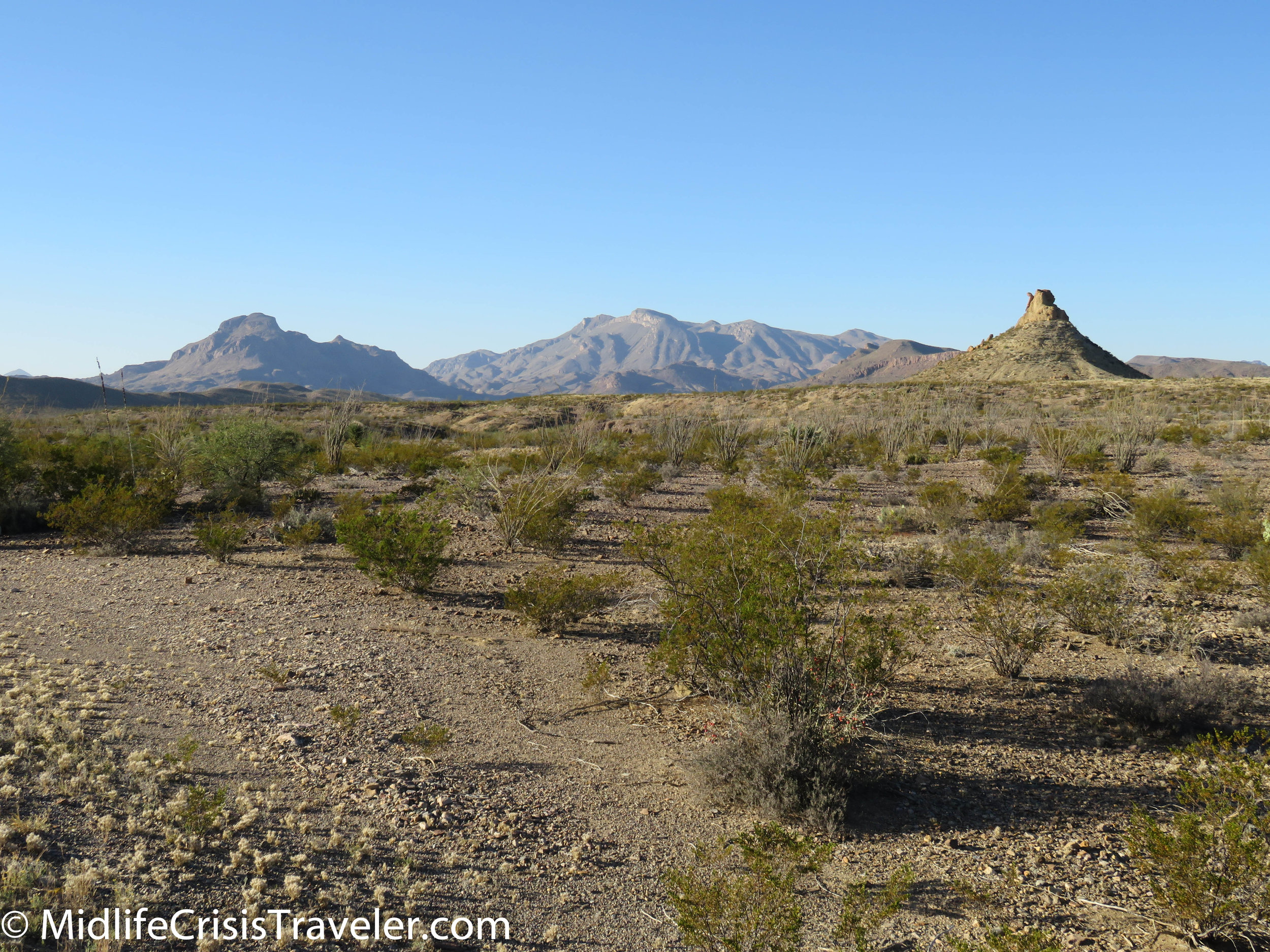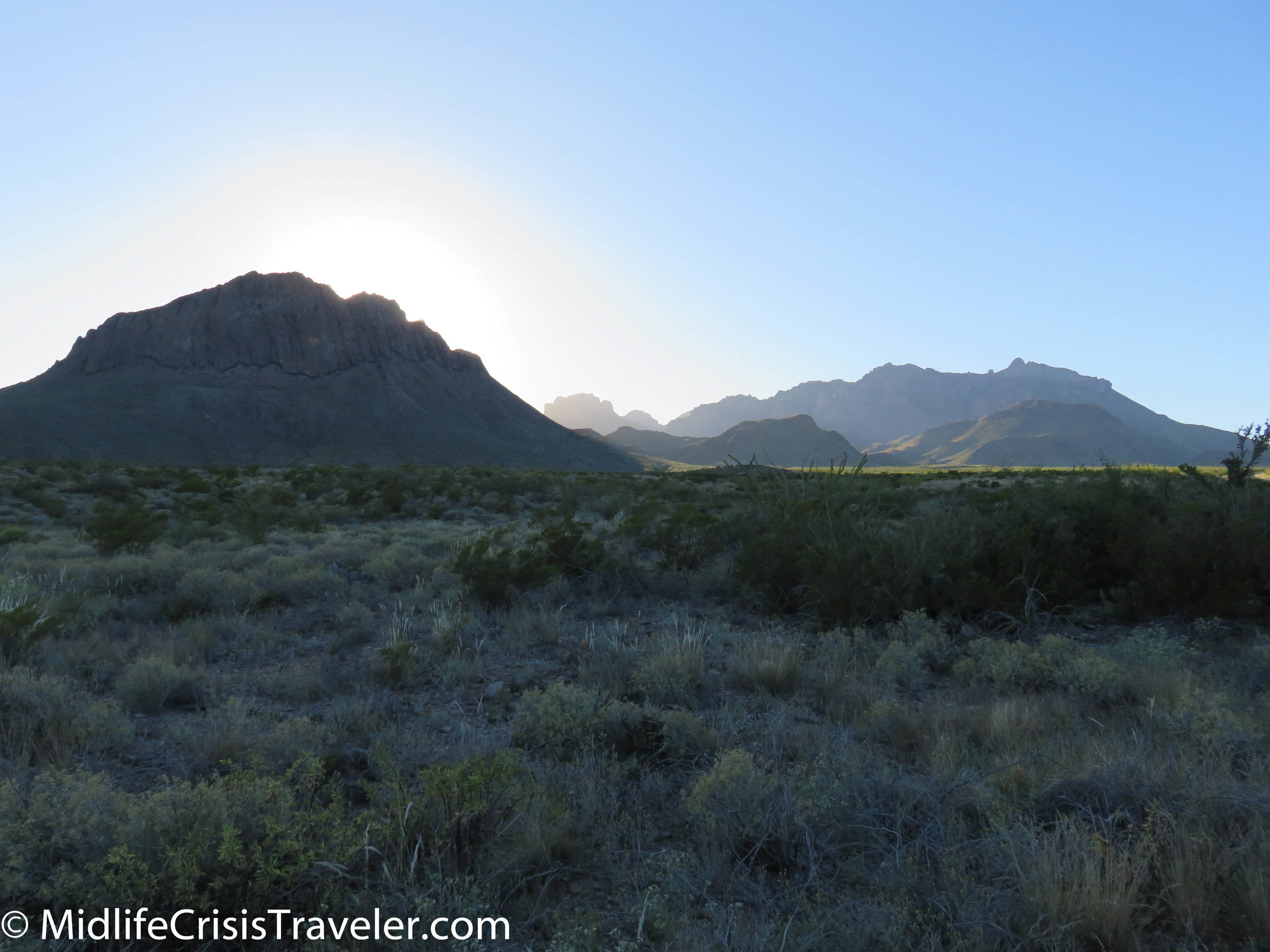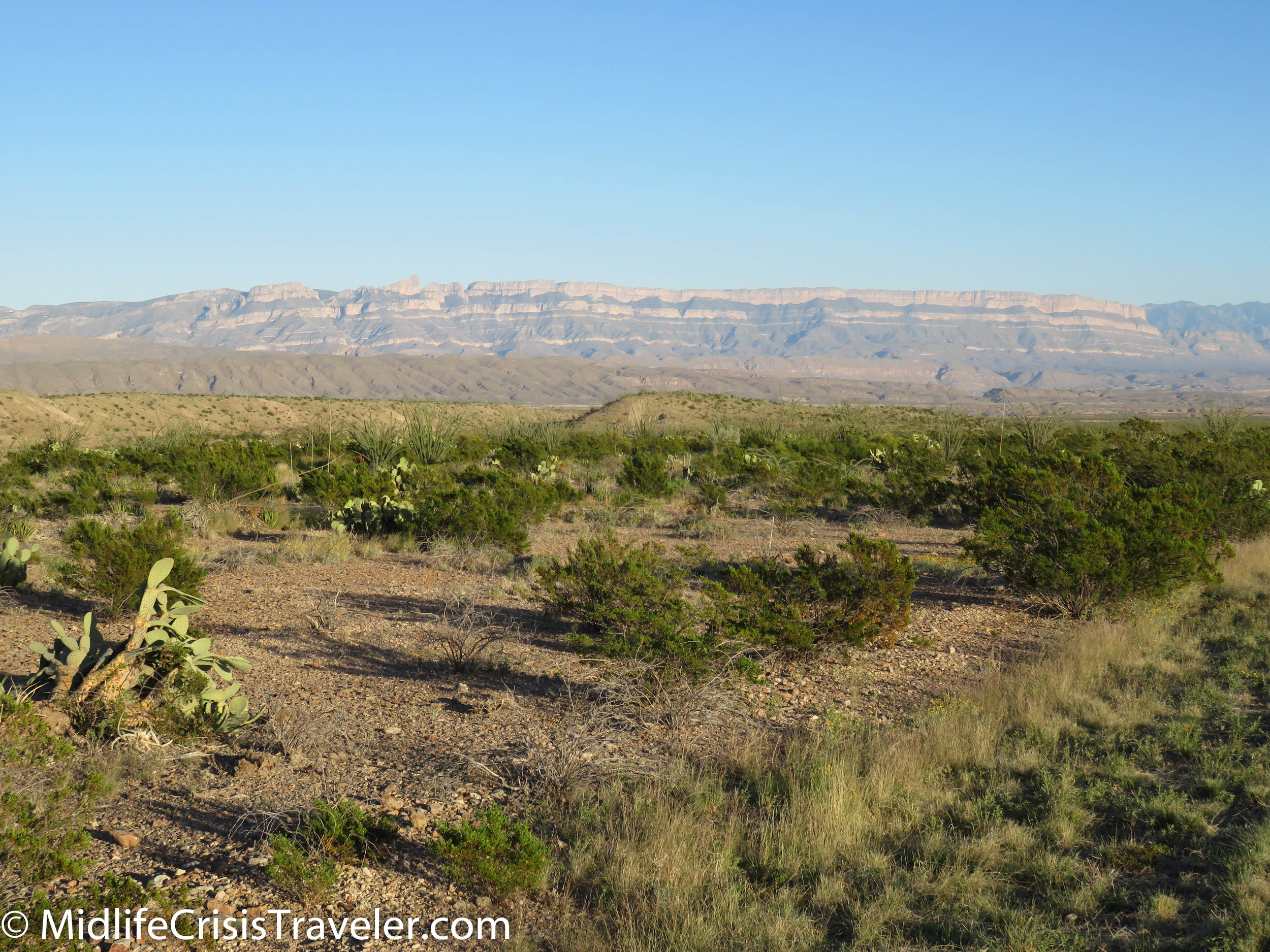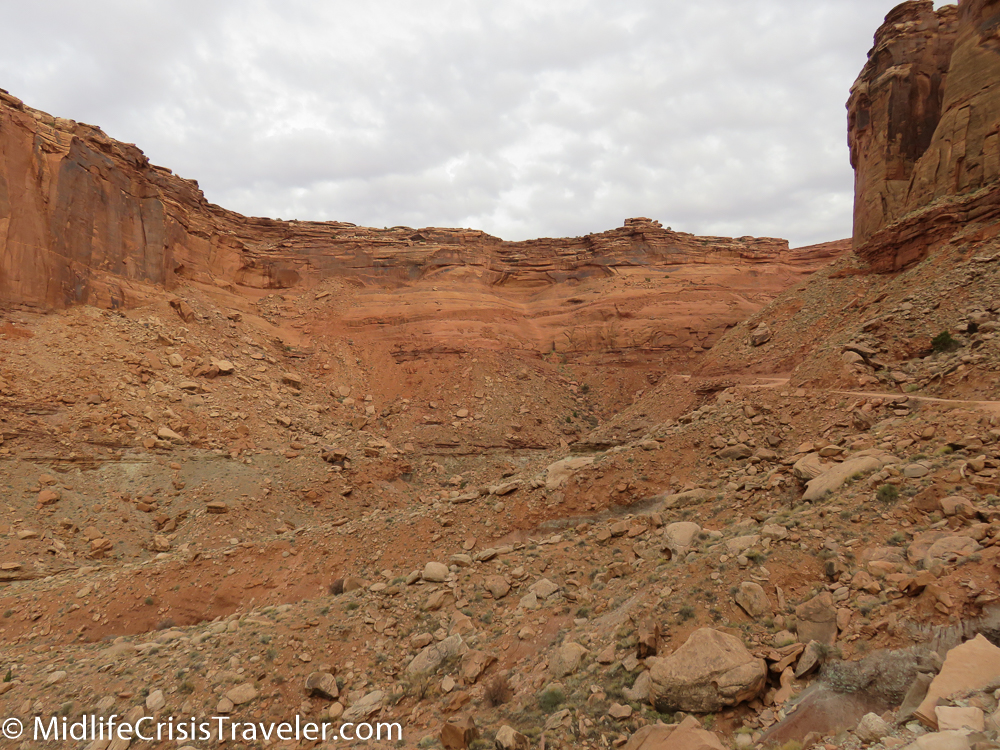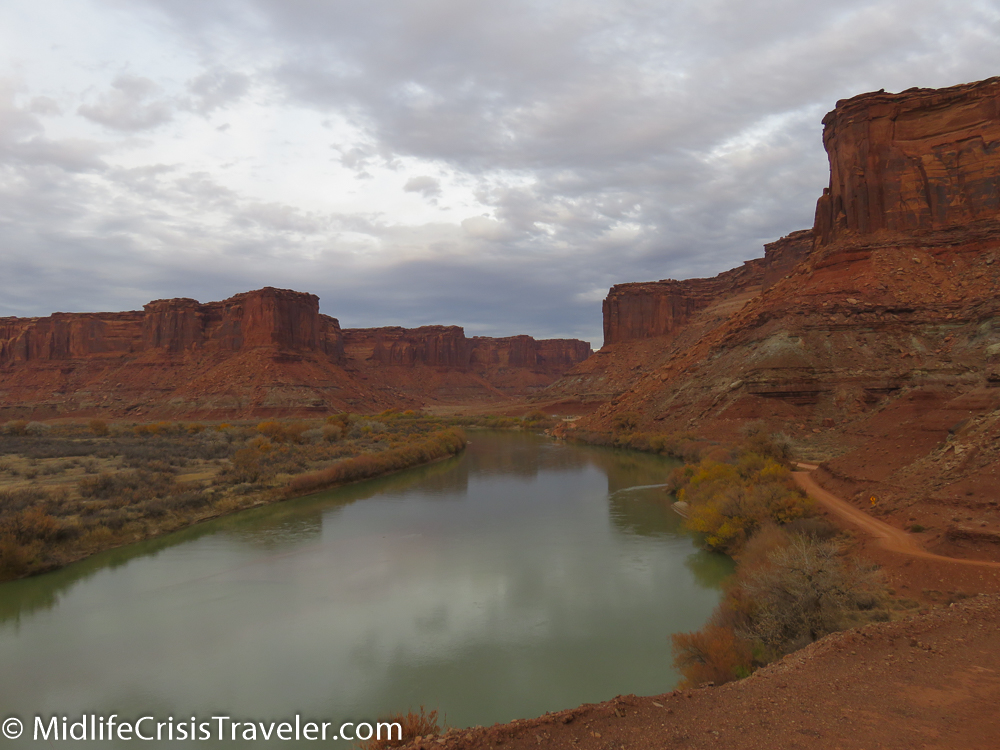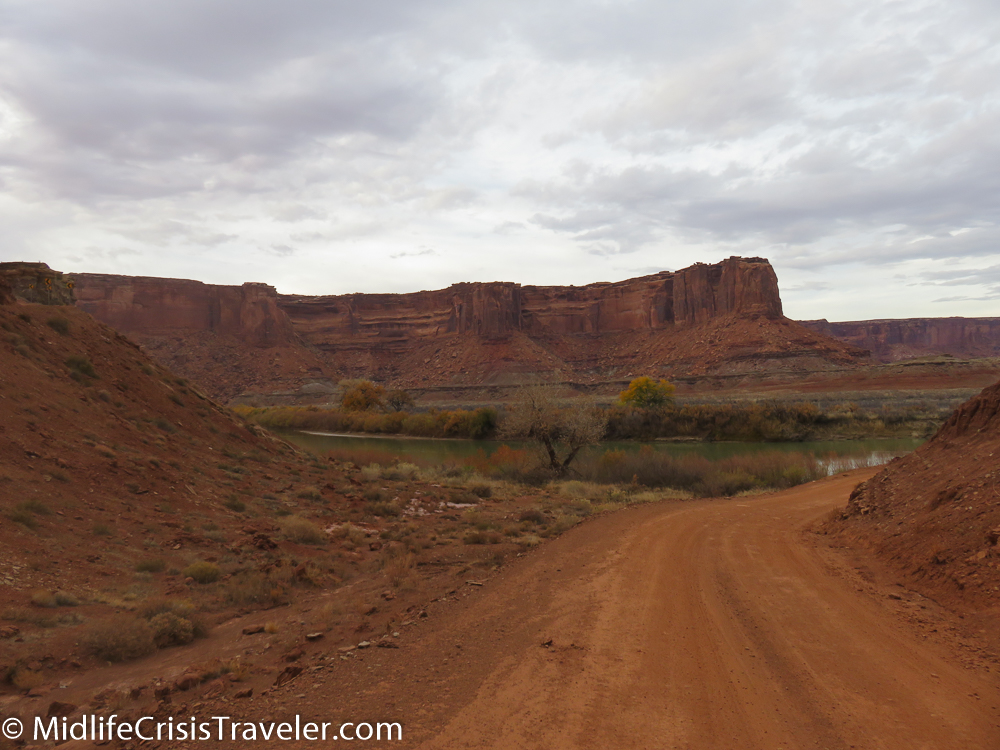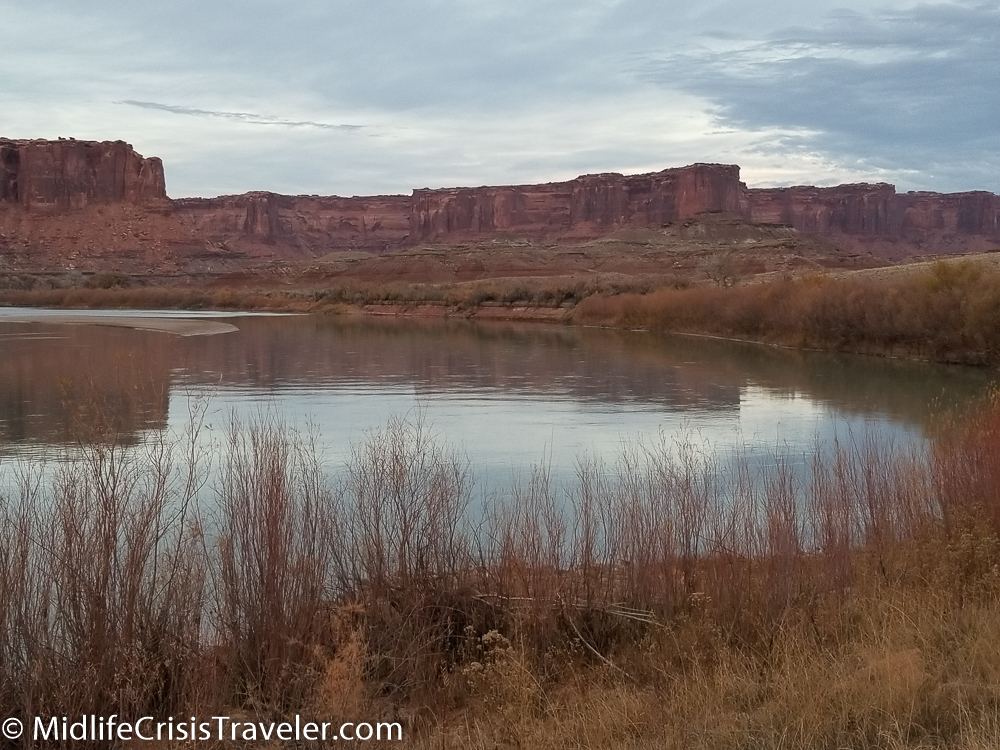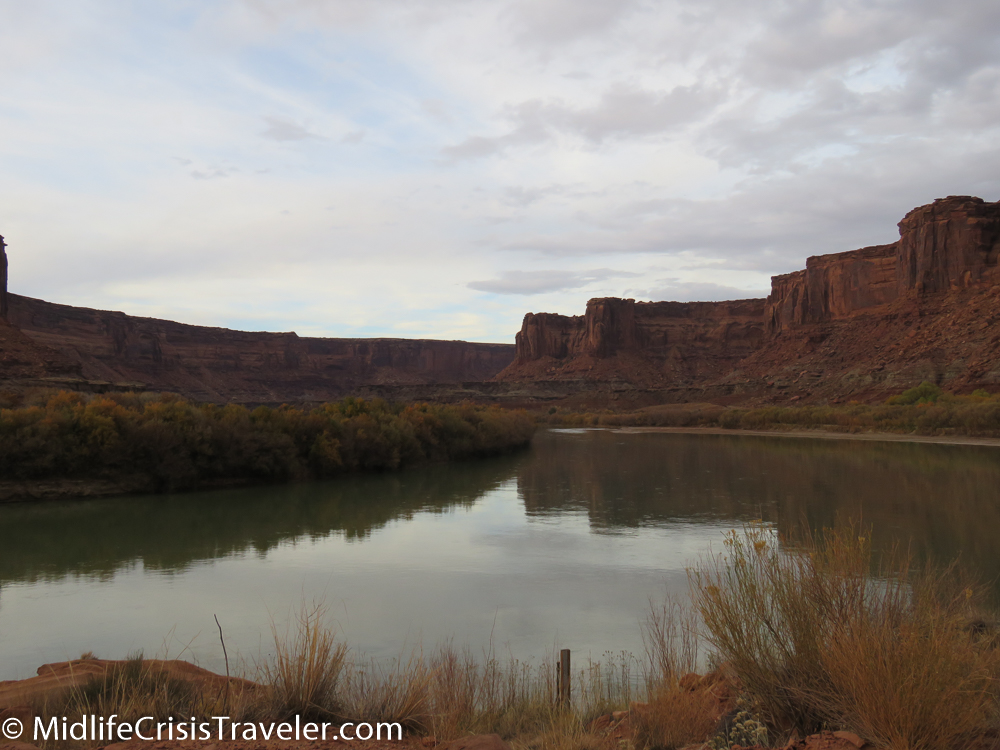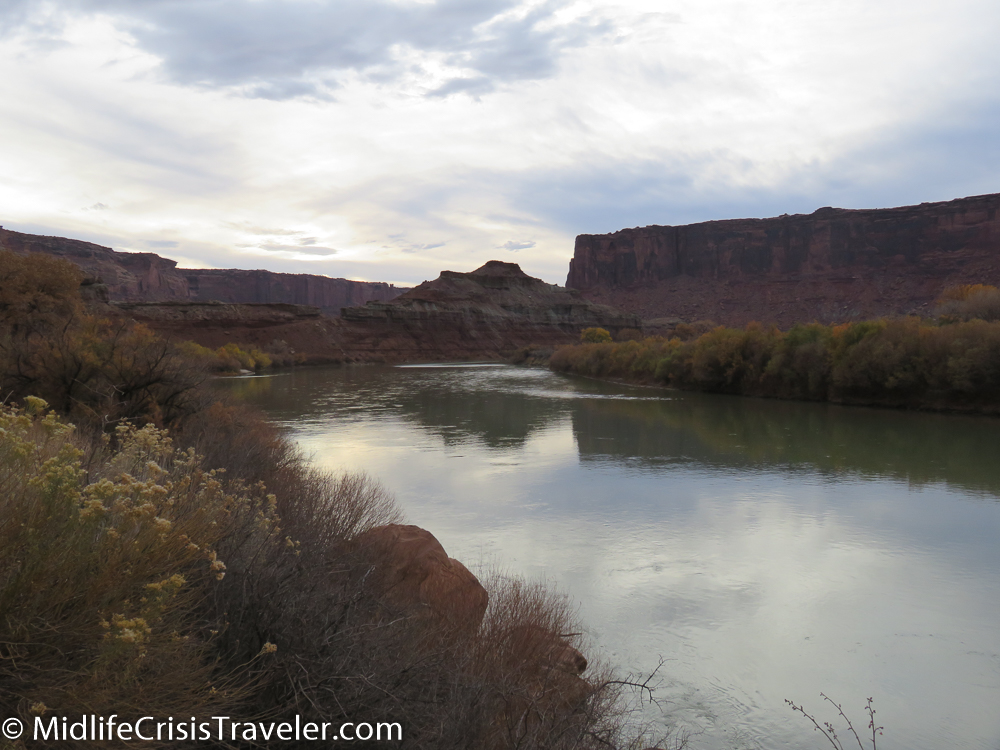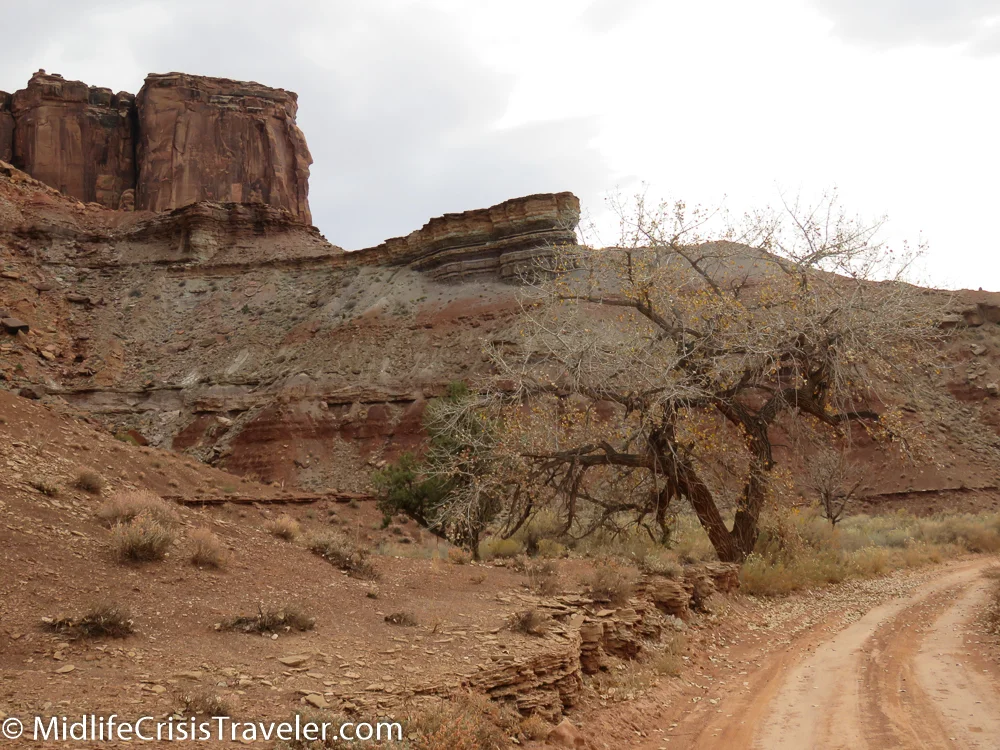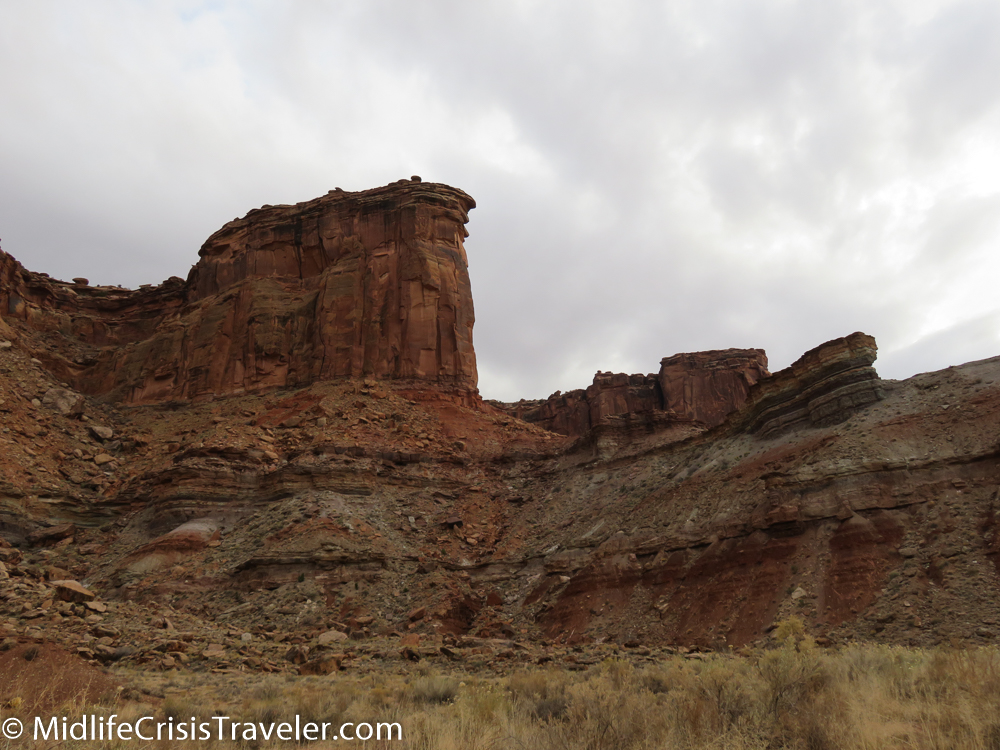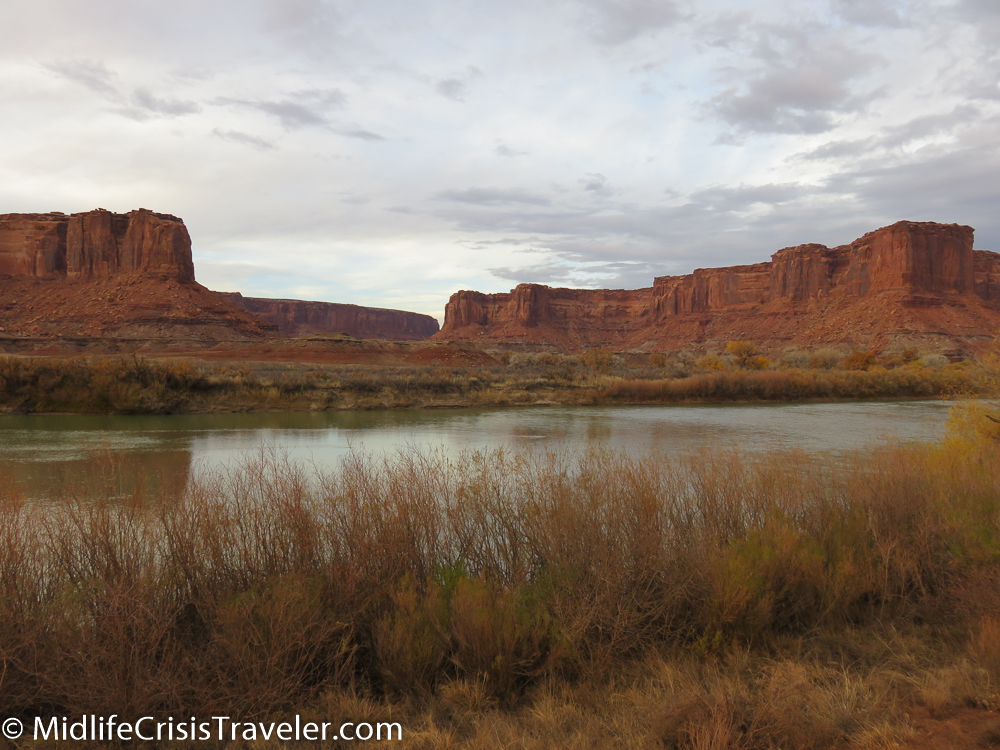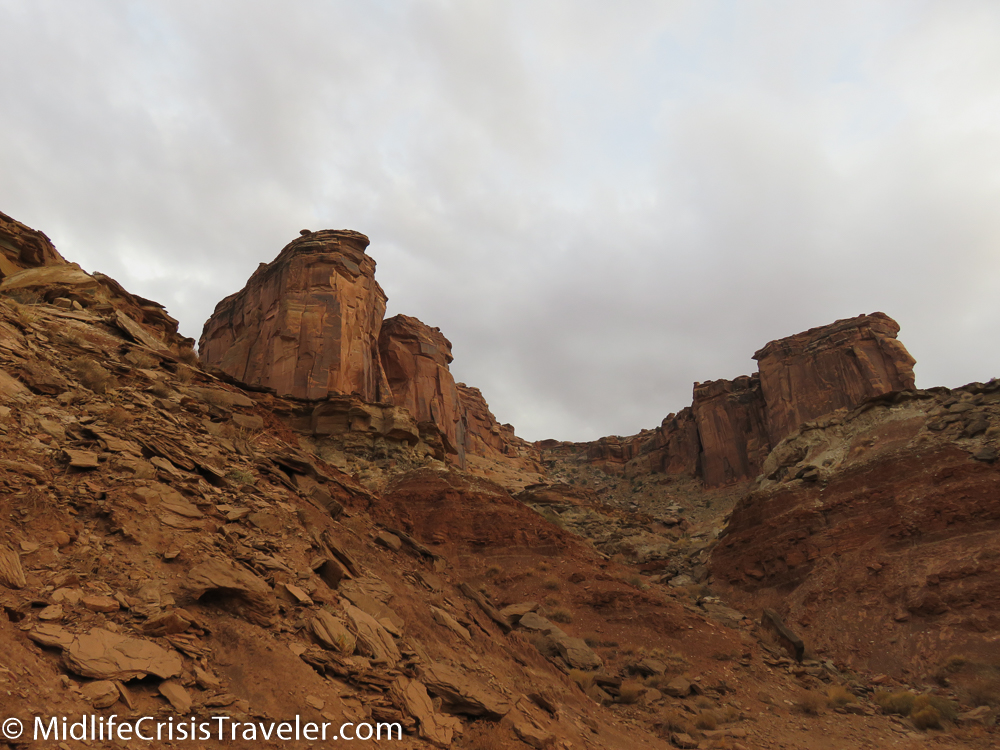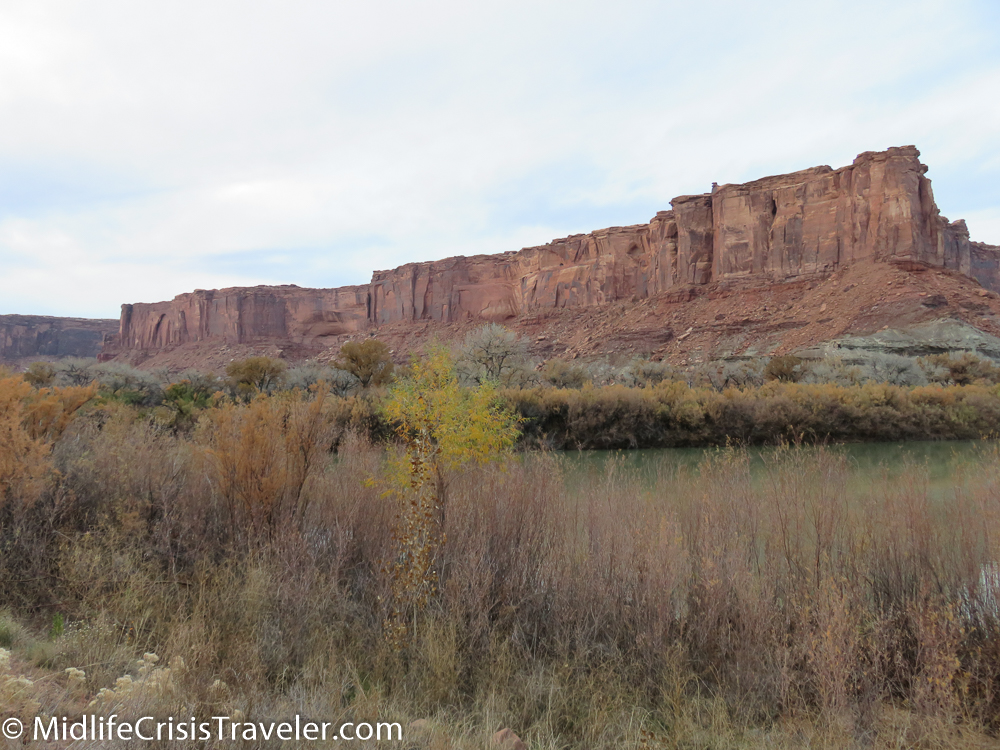I visited Bryce Canyon multiple times from November through April. It is a beautiful park and it is in an excellent location to visit multiple parks within a couple hours drive time.
Sunset Point is the center of the universe at Bryce Canyon National Park. The panoramic view of the park is a photographer’s paradise. If you head to your left, you can take the Rim Trail to Sunrise Point. From there, you can continue to the Fairyland Loop Trail or the Queens Garden Trail which take you deep into Hoodoo country. A shorter and easier trail which provides a healthy dose of Hoodoos is the Navajo Loop Trail. This trail heads off to the right of Sunset Point and allows you an up close and personal experience that you can’t get from the pedestrian viewing areas next to the parking lots.
Bearing to your right, the trail will allow you to stroll next to Hoodoos via a series of switchbacks down to the bottom. The trail is flat and well-maintained but the decline of this trail measures 550 feet so it is not necessarily easy if you aren’t used to walking at 8000-foot elevation. It is important that you are careful when traversing the switchbacks. Although they are a smooth surface, there are no railings or barriers to prevent you from falling over the edge.
The trail is 1.3 miles and offers an upward view of the landscape. Being below these structures and seeing the orange flavor of the sandstone against the blue sky and puffy white clouds offers a completely different perspective. They are rightly perched on pedestals for us to pay homage. The trail features boulders perched on high, trees growing in less than perfect locations and curious rock formations that have defied erosion.
At the bottom, you are awed by the majesty and sheer will of these formations which have withstood the test of The Big 3: climate, weather and time. They stand proudly as a reminder of the past and a stubbornness towards the future. They are defying The Big 3 as long as possible. Someday, they will all have crumbled and humans will have nothing but memories and pictures of their grandeur.
The picture above has two stone structures that look like bridges, hence the name Two Bridges. Can you see both of them linking the two walls of the trail?
When you visit Bryce Canyon, I encourage you to walk this trail. Take your time and enjoy the unique views and characteristics of this park. Be safe and feel the impressiveness of the history of this land. Imagine if you were the first person to see it this way. How would you feel? What thoughts would you have?
Have you visited Bryce Canyon National Park? What was your experience like? Please share your thoughts with us.
For more information about Bryce Canyon NP, click the link below.
Bryce Canyon National Park (U.S. National Park Service) (nps.gov)















